I had been in Gdansk in 1990, five months after the Iron Curtain came down and what I stayed engrained in my memories were the images in a museum that showed the total destruction of Gdansk in 1944. It was hard to believe that the beautiful houses I was looking at all day were a pile of rubble back then. So I was curious how the city had changed in these 35 years since I last visited and made Gdansk the 10th stop of my epic train trip from Tallinn to Vienna, my homedown.
HISTORIC CENTER 1990 and 2024
Well the historic center of Gdansk is even more mind-blowing, now with lots of restaurants and shops that did not exist in 1990. Also overwhelming was the number of tourists pushing through the historic center. Most of the photo I display here where shot in the early morning before the crowds arrived.
ACCOMMODATION AND ORIENTATION
I found the perfect accommodation, Residence Celine. Could not be more central, since the streets in the neighborhood were blocked for traffic over the summer it was absolutely quiet and no car in sight, my kind of place. Plus a great room, the best breakfast I had on this trip and informed staff.
Like always when I arrive in big city I join a walking tour to get a first impression/orientation, useful information and then decide what needs more time to spend on. The tour took us to the usualy sights, I was not too motivated, since it had 33 degrees.
Several times I was close to leaving, but luckily I stayed because the last stop was the most interesting – the drama that evolved inside the Gdansk postoffice on September 1st, 1939. The most tragic events I had never heard of: at 4am the postoffice was attacked by 400 local SS troops. The 58 Polish militia and postal workers had not chance but resisted fiercely. So the Nazi poured gasoline into the building and set it on fire. When the director surrendered, carrying a white flag, he was shot immediately, his deputy burned alive with a flame-thrower. Only 6 people escaped the massacre that preceded the start of of World War II, which started 20km north at the peninsula Westerplatte.
How come SS troops where is Gdansk I asked myself. In 1919 after WWI Gdansk was given the status of a “free city” which meant almost a kind of independance from Poland. The postoffice was one of the few Polish institutions in the city, its employees harassed and looked down upon, an inferior race. 95% of the city were Germans and in the 1933 election 51% had given their votes to the NAZI-party. Hitler Germany had never accepted the loss of this “German” city and lots of the area to the east, that after 1919 belonged to Poland.
GDANSK WESTERPLATTE -WHERE WORLD WAR II STARTED
On the pensinula Westeplatte, Germany started WWII. To visit the memorial, I had to bike 15km along the port area that stretches from Gdansk center to the Baltic Sea. I got lost a fews times but this did not matter I got so see coal and sugar beeing uploaded, and the famous shipyard, especially the one for reparing ships.
I found only of a few showcases with faded photos. A new museum is being built, 85 years ago these world-changing events. It was beautiful out there, quiet, nobody around in the early hours, all I could hear was the sea and the birds.
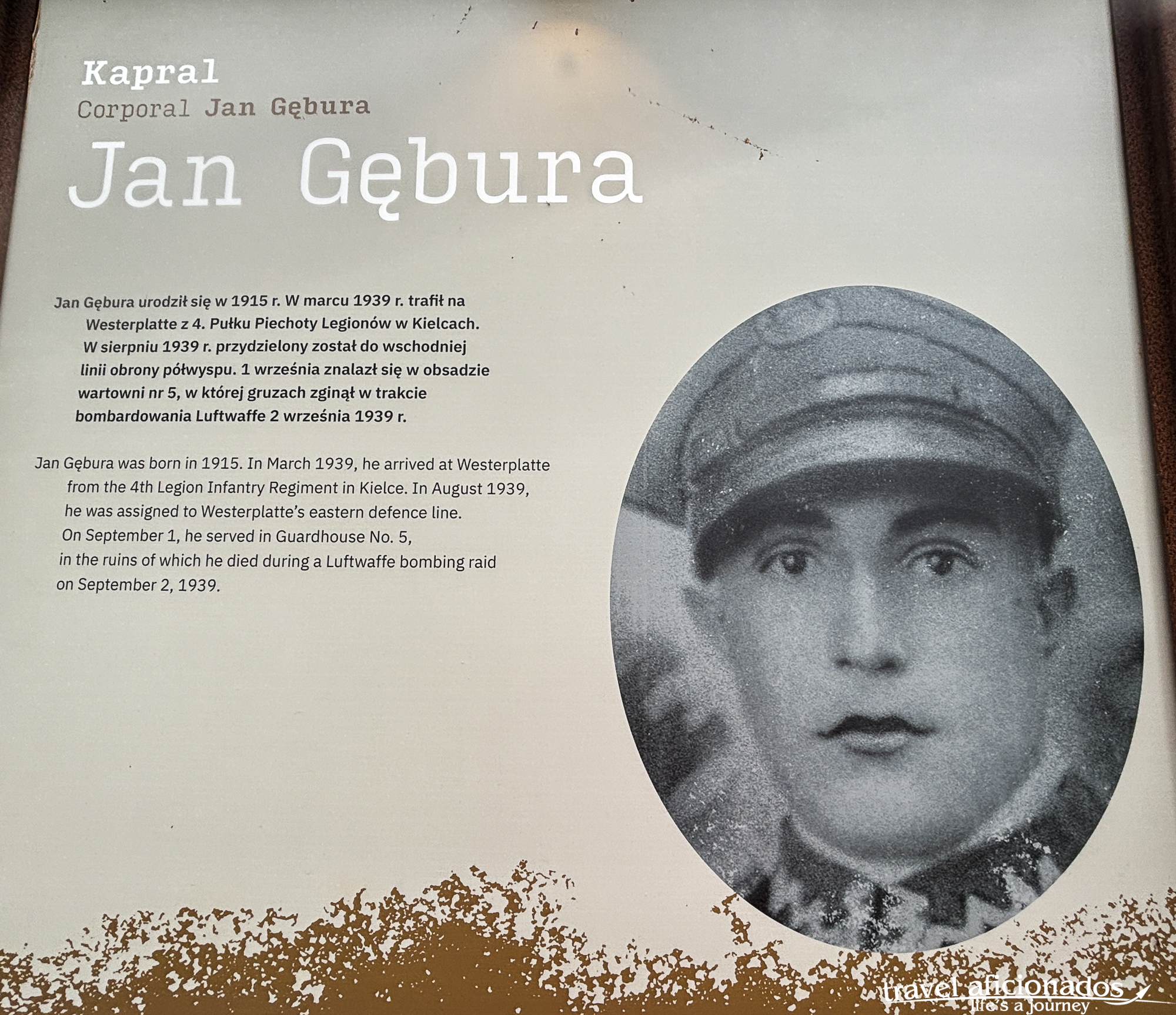
A few showcases remembering the Polish soldiers who died resisting the attack of the German Wehrmacht, they courageously held out for a few days.
GDANSK PORT AREA CHANGES
Today like always, Gdansk is a port, closer to the center, the scenery changes, Brand-new apartment blocks that look rather expensive reach all the way to the harbour, it reminded me a bit of a newly developed area in my homedown Vienna, called Seestadt.
GDANSK SHIPYARD
A visit to Gdansk has to include at least a photo in front of the shipyard that become world-famous in 1980 when Solidarnocz under the Leadership of Lech Walesa challended the communist system and won. One of the steps that brought down the communist system altogether. Large arts of the shipyards nowadays seem to have turned into art venues, galleries and concert halls, that’s what I concluded seeing the painting on the building and young people swinging in hamocks.
I had visited Gdanzk April 1990 and still have the photo I took in front of the shipyard.
In 1990 the spacious Solidarity Museum did not exist then, it tells the story of these dramatic days, the strike, the negotiations, the martial law, the first freely elected labor unions finally the fall of Communism and the first “free” elections in 1989. When I got there I kept circling it, since all I could see what a gigantic rusty structure. Well this is the museum. The architecture is inspired by the shipyard. The museum is interactive and very informative.
The only other museum I wanted to see given the limited time I had was the brand-new Museum of World War II. All I could admire was its unique architeure because the line waiting to get in was enormous, despite the heat. I could not believe that people were waiting in the scorching for 2 hours, with children. I talked ot nice gentleman from L.A. who does not have the opportunity to come back over a weekend and had to hang in.
REBUILDING GDANSK
The Polish Government took its time to rebuild Gdanzk after WWII, Warsaw had priority, Gdanzk was “too German”. Who knows what the future might bring, back then was the thinking. Only in the 1950s did rebuidling start and it still continues today. The island within the city where in former times 330 graneries stood, is only being developed now. Until 2015 the ruins dating back to WWII bore witness of these horrible times. Today, espensive hotels with glass-facades face the waterfront of the canal, at least they had to be rebuilt according to the old plans.
In former times all houses in Gdanzk had large porches shaded by a tree, now only few of such houses are left, mainly in Mariacka street, where nowadays the amber vendors sell their ware. The sad stories- why the were torn down- to make space for traffic.
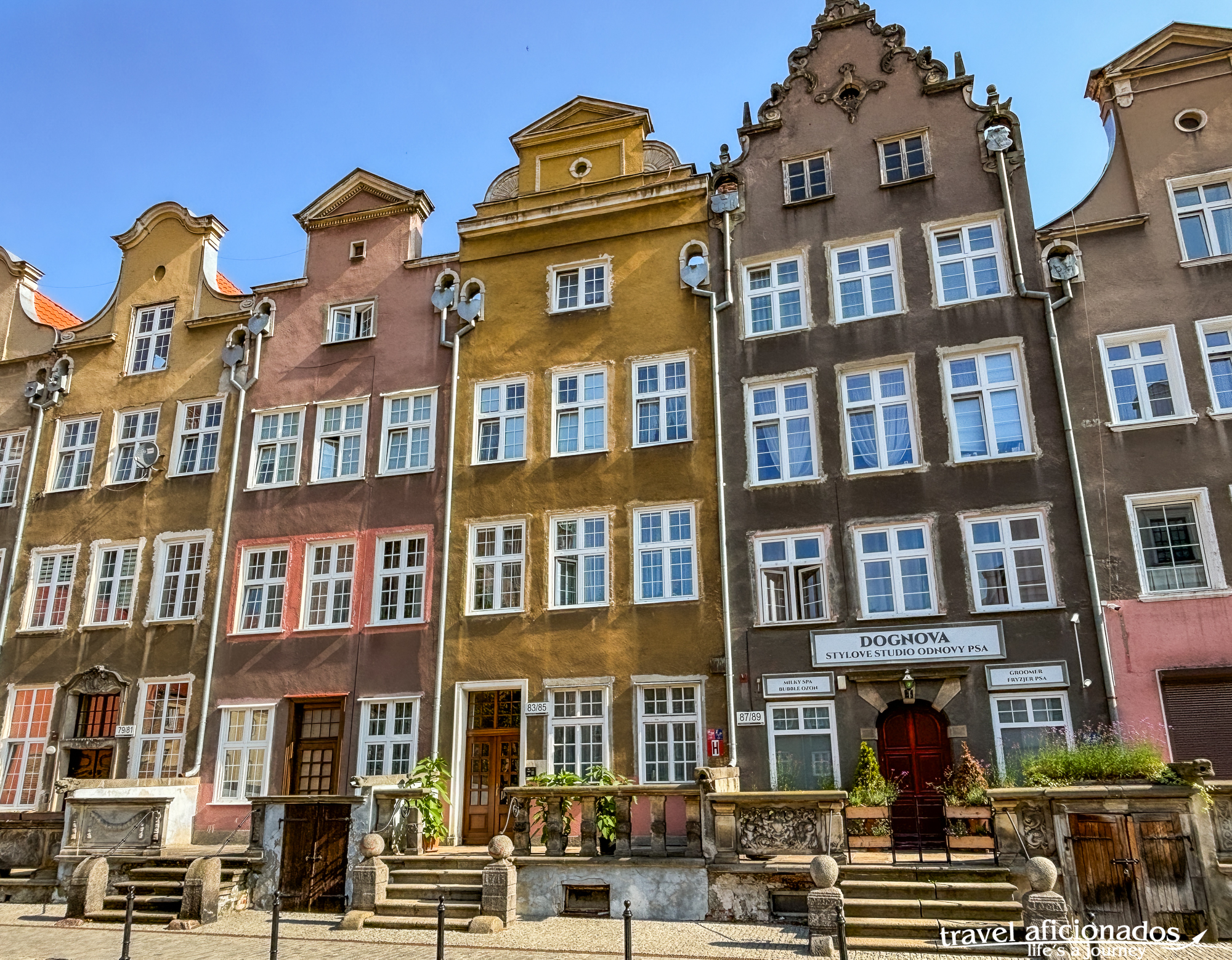
Large porches shaded by a tree used to adorn the houses in Gdansk, most were destroyed to widen the street for traffic
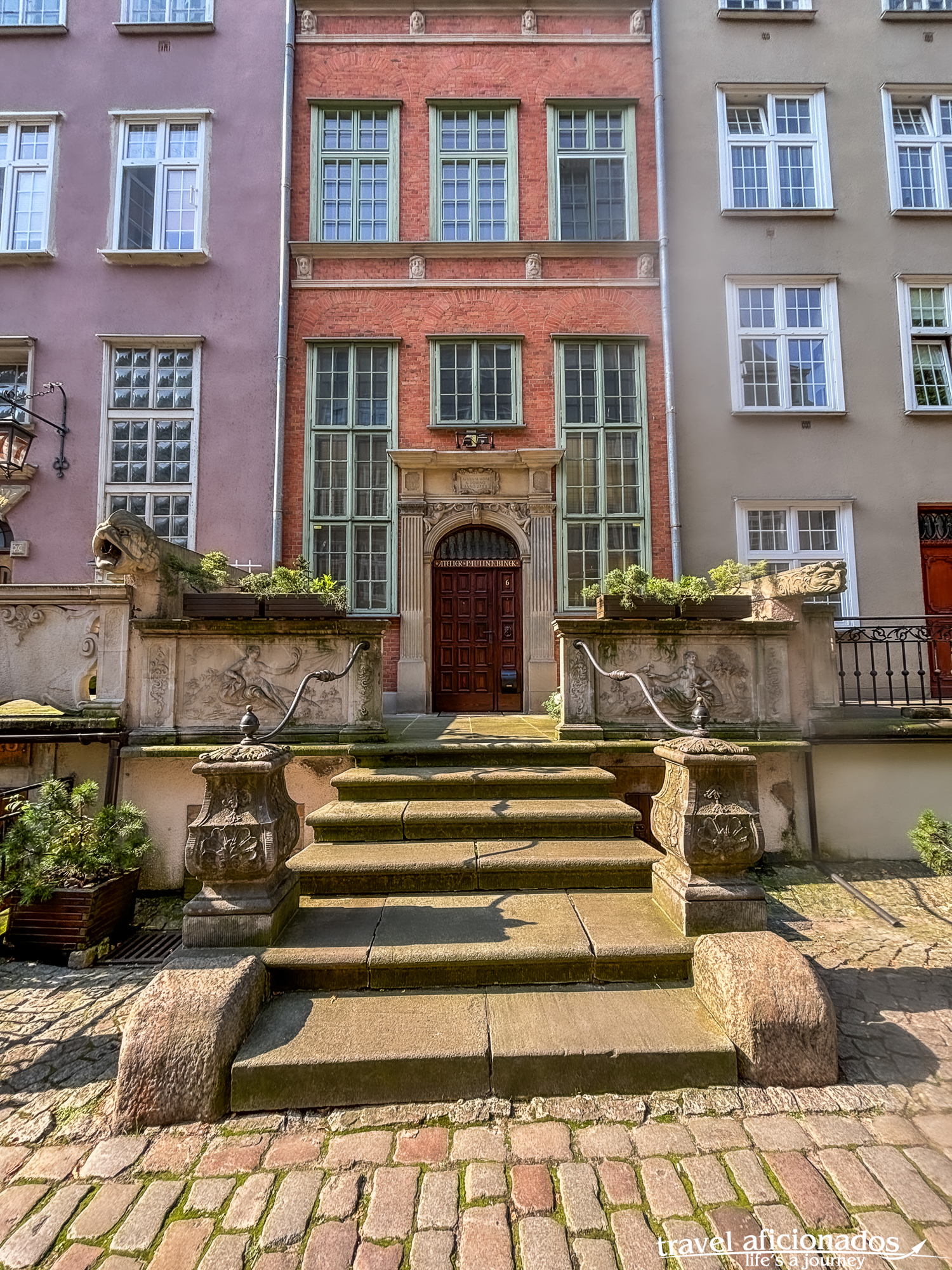
Large porches shaded by a tree used to adorn the houses in Gdansk, most were destroyed to widen the street for traffic
GDANSK PORT CRUISE
One excursion that I truly enjoyed was the cruise up the canal, along the port. Unfortunately we could not go all the way to the ocean because the day before I fire had destroyed a huge storage and about 1/3 of the canal was shot down.
KALININGRAD- SOP CLOSE, SO FAR
Since my trip to Minsk failed due to my carelessness, I thought I might check-out nearby Kaliningrad. The e-visa quickly was send by mail and I headed to the busstation, again. And again, as I was about to bus ticket, I double-checken with the visa- service (was available 24 hours via whatsapp) whether I had to print it out. The person replied, better do so, they are sometimes funny at the airport. Now I was entering by bus and as it turned out, the e-visa is only good for flights. So another major change in plans.
Train: Gdanzk-Warsaw: 2,5hours.

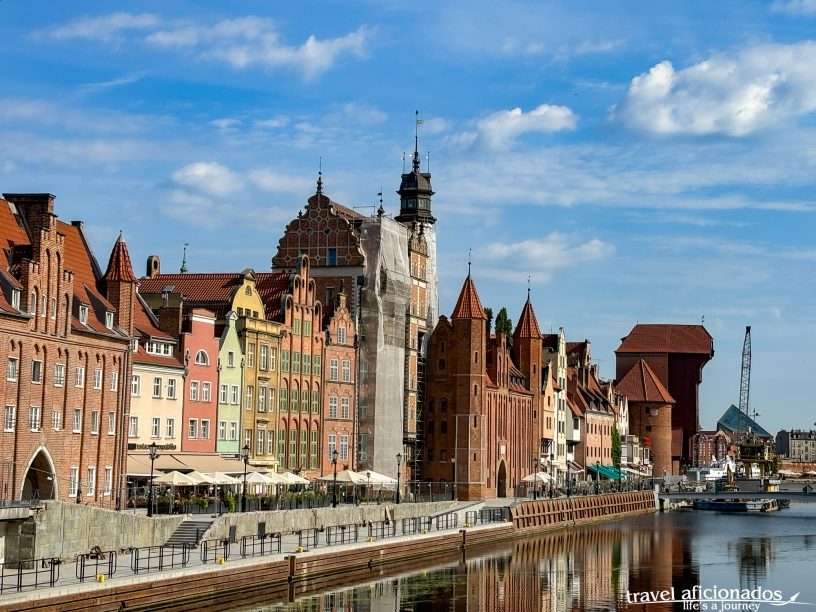
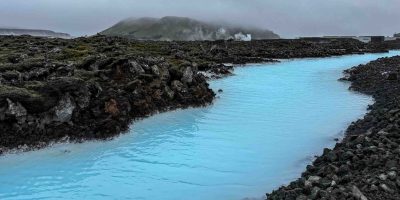
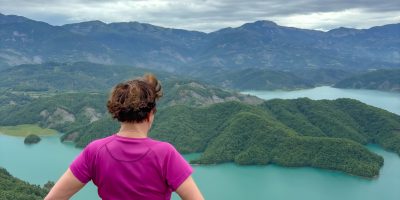
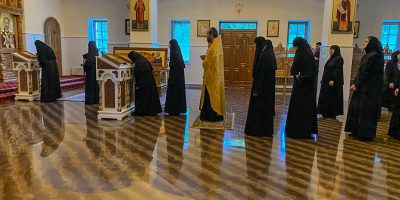
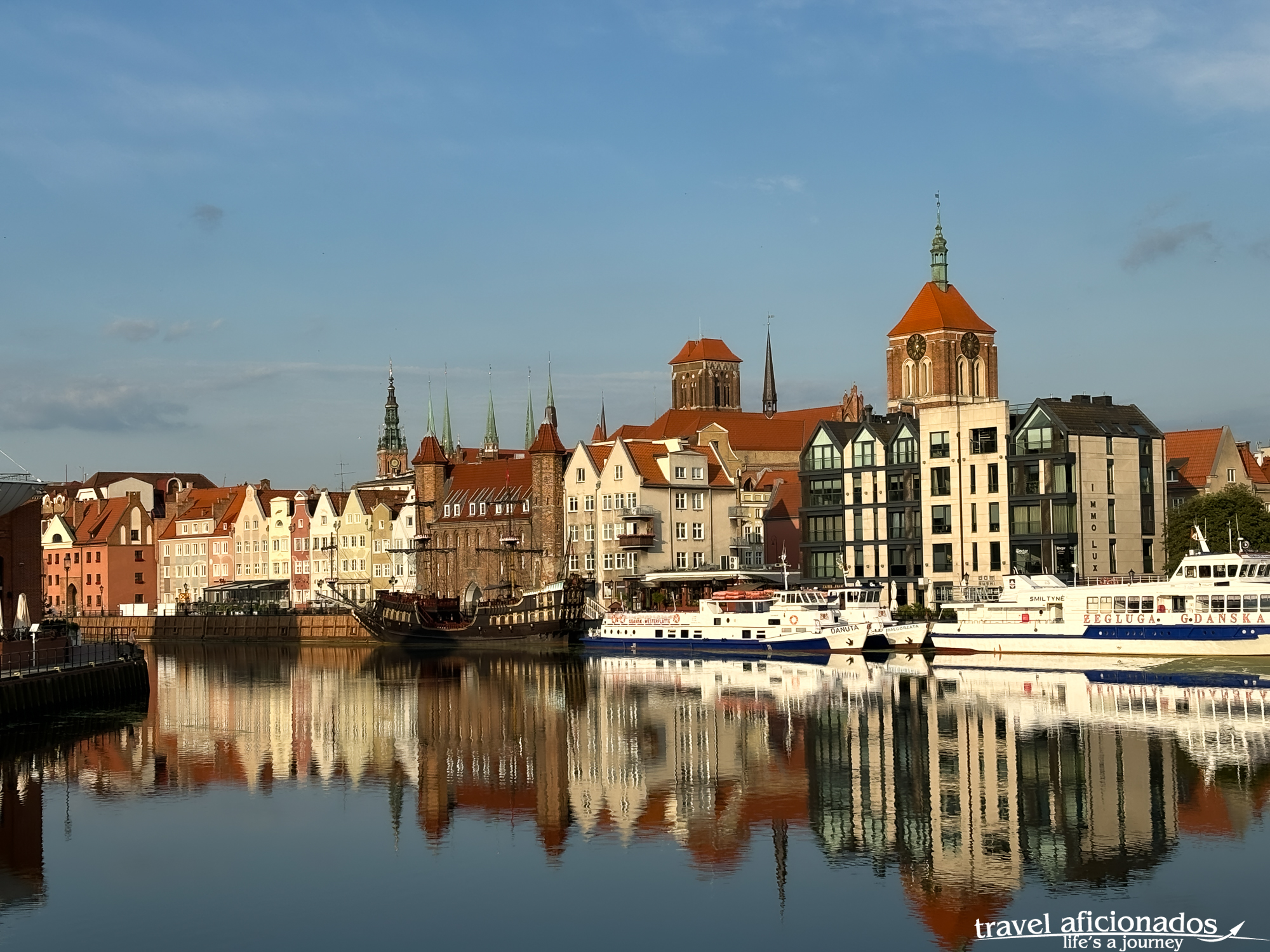
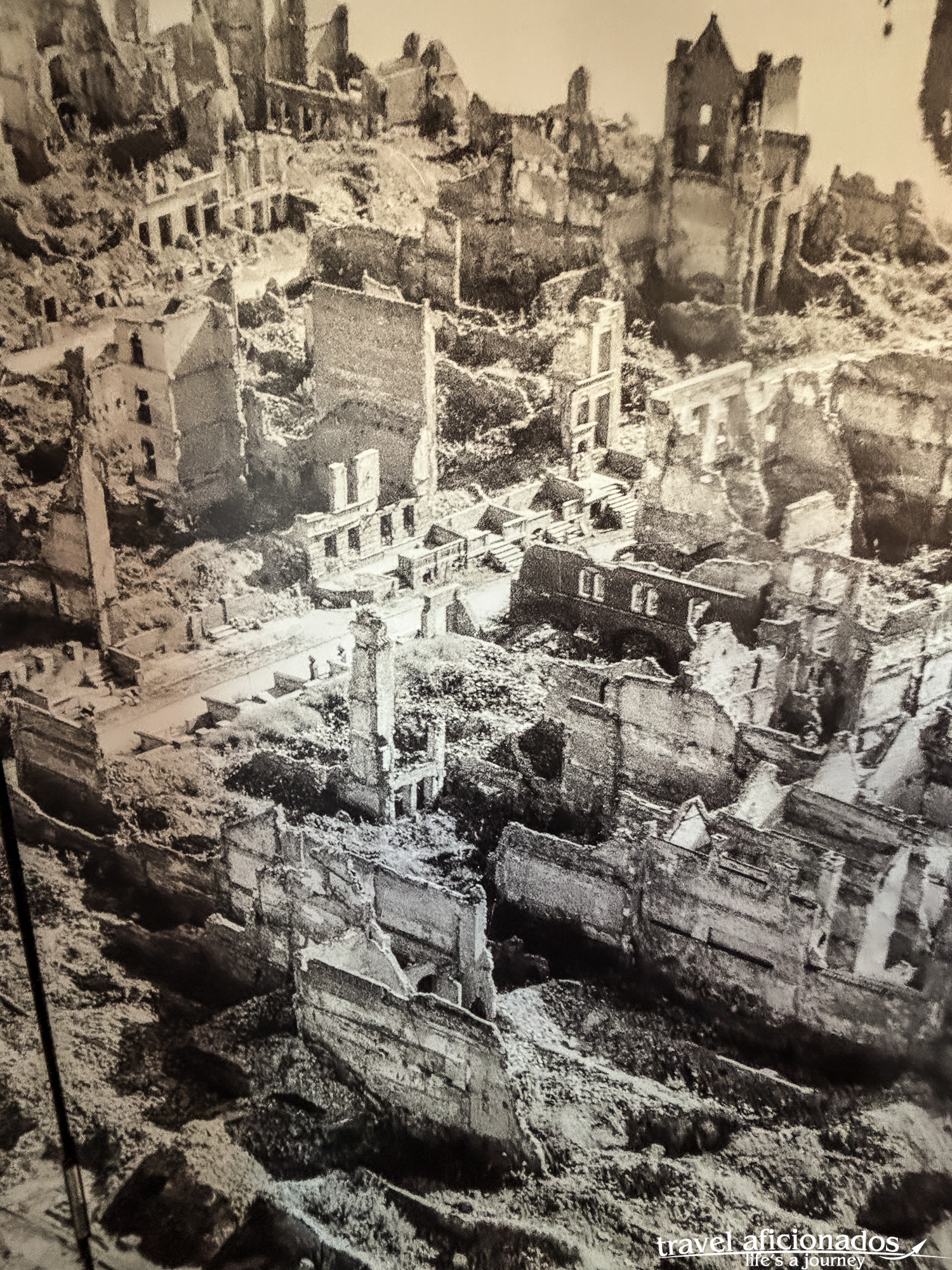
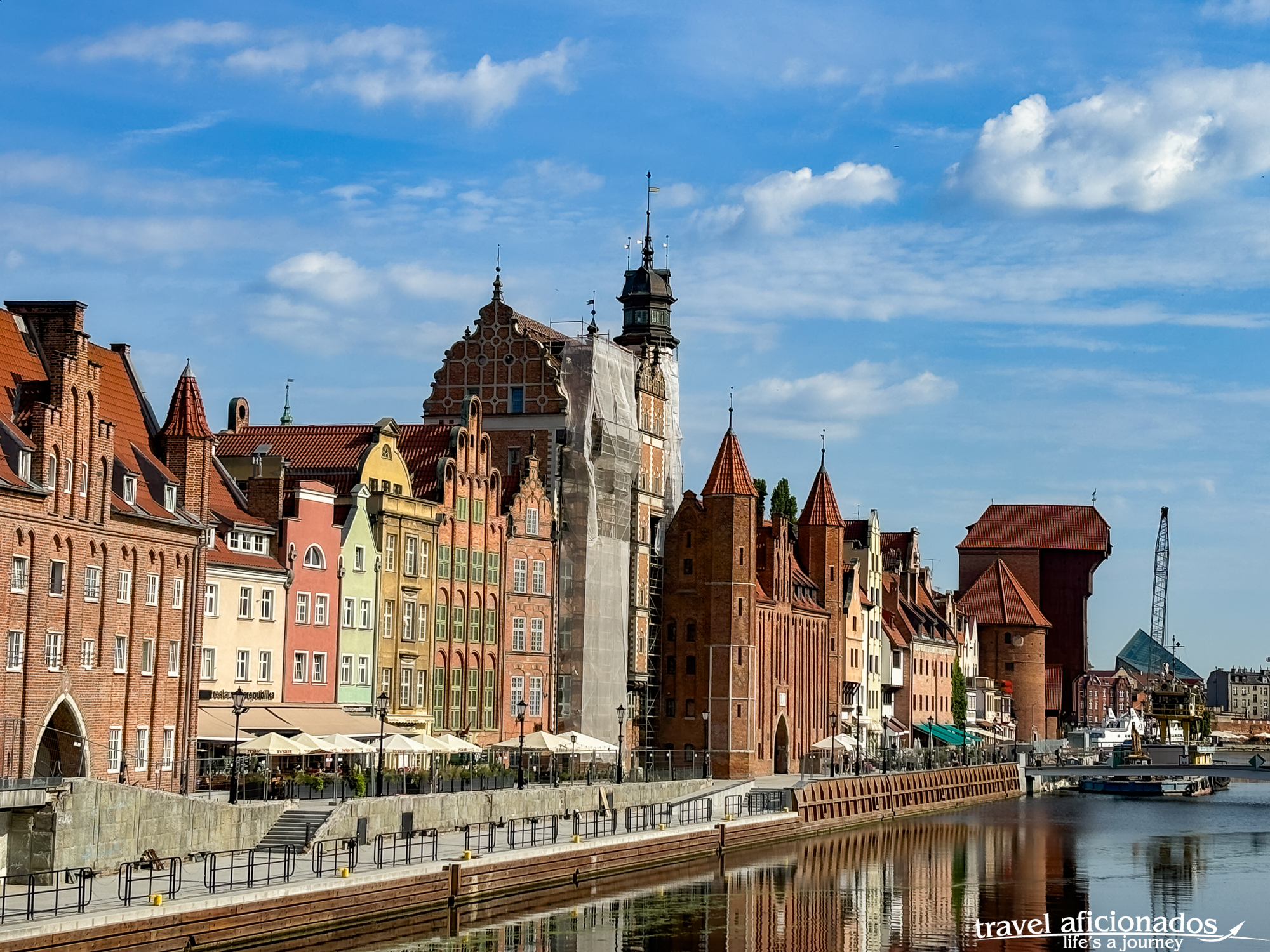
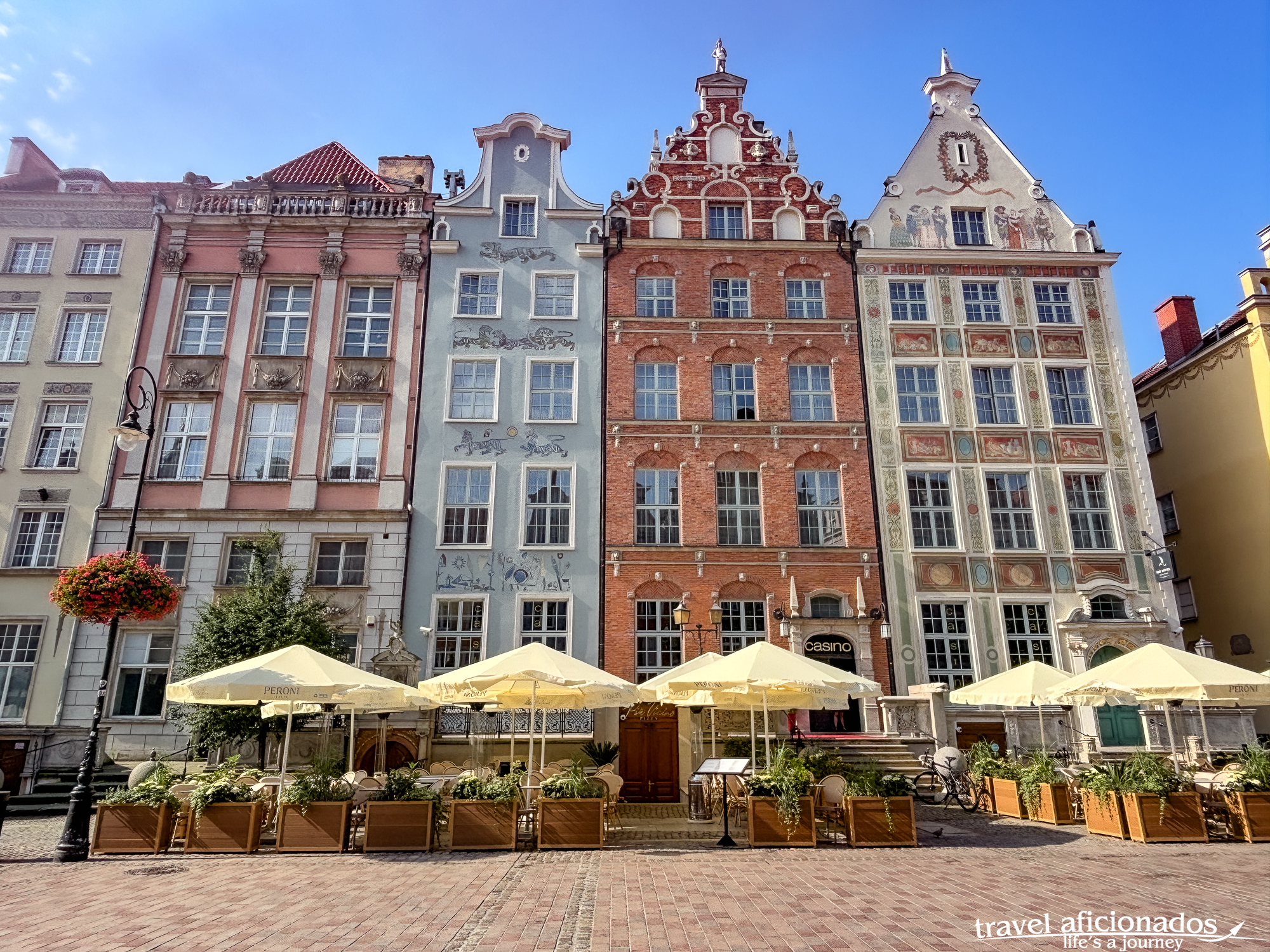
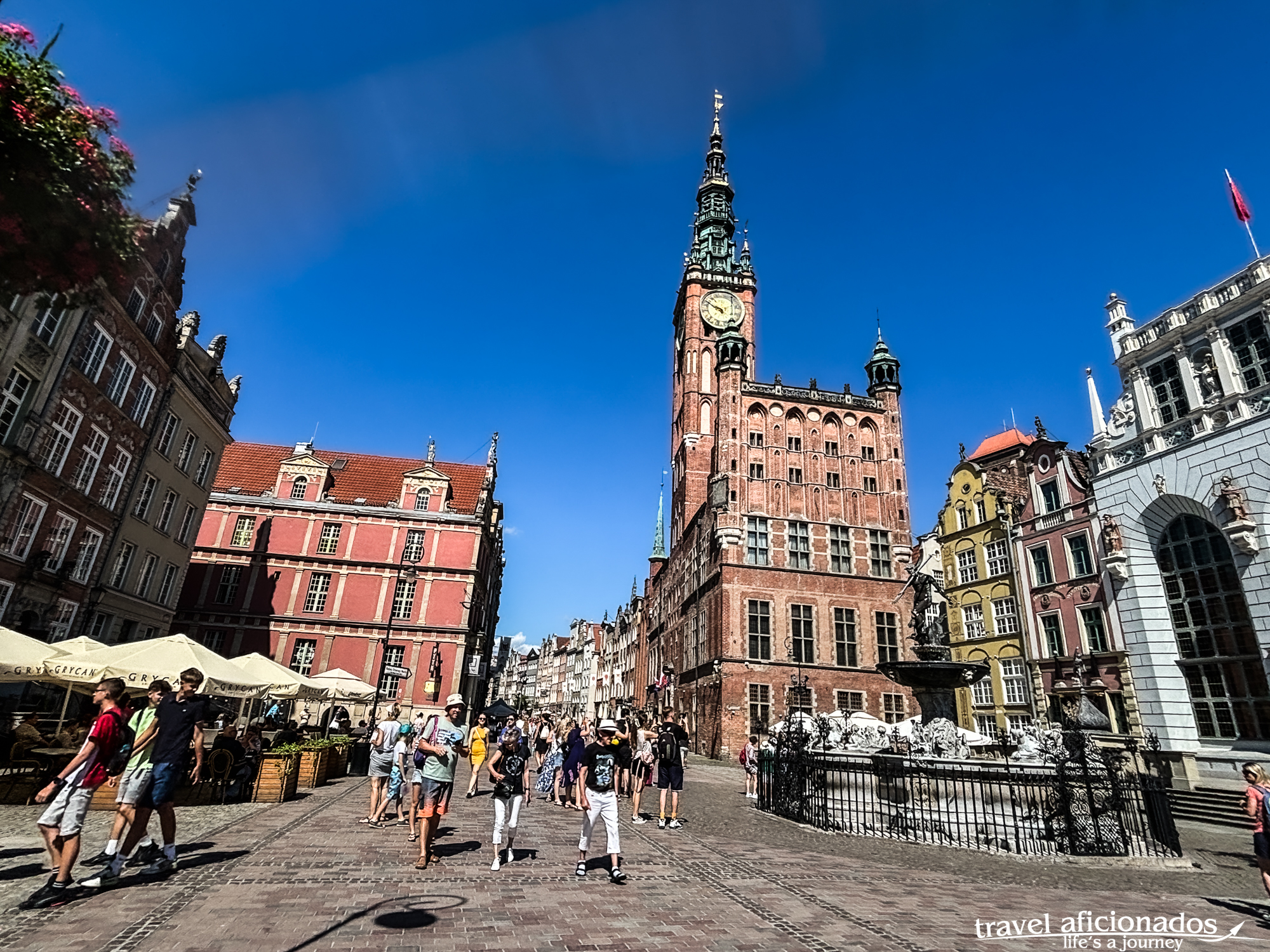
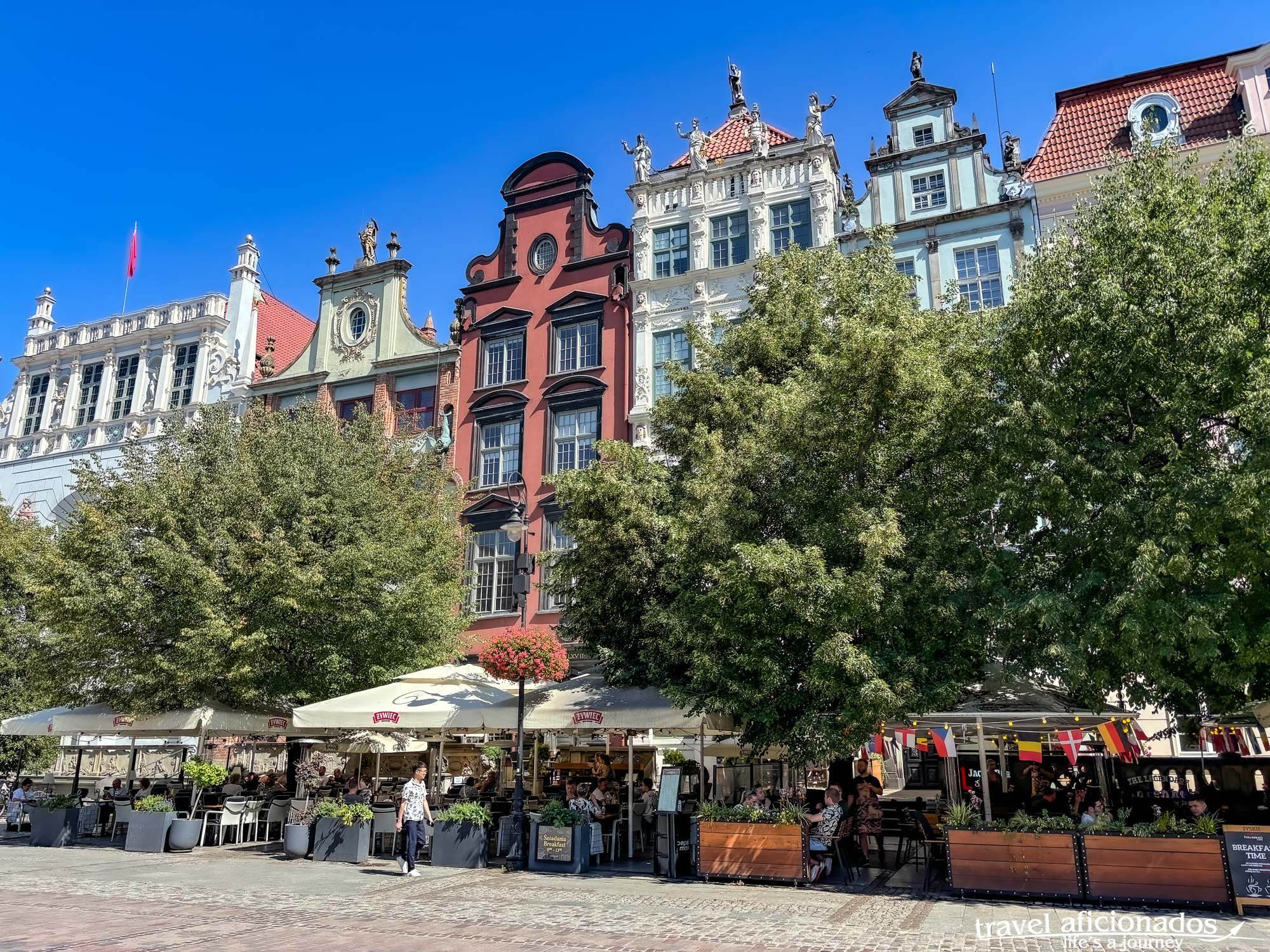
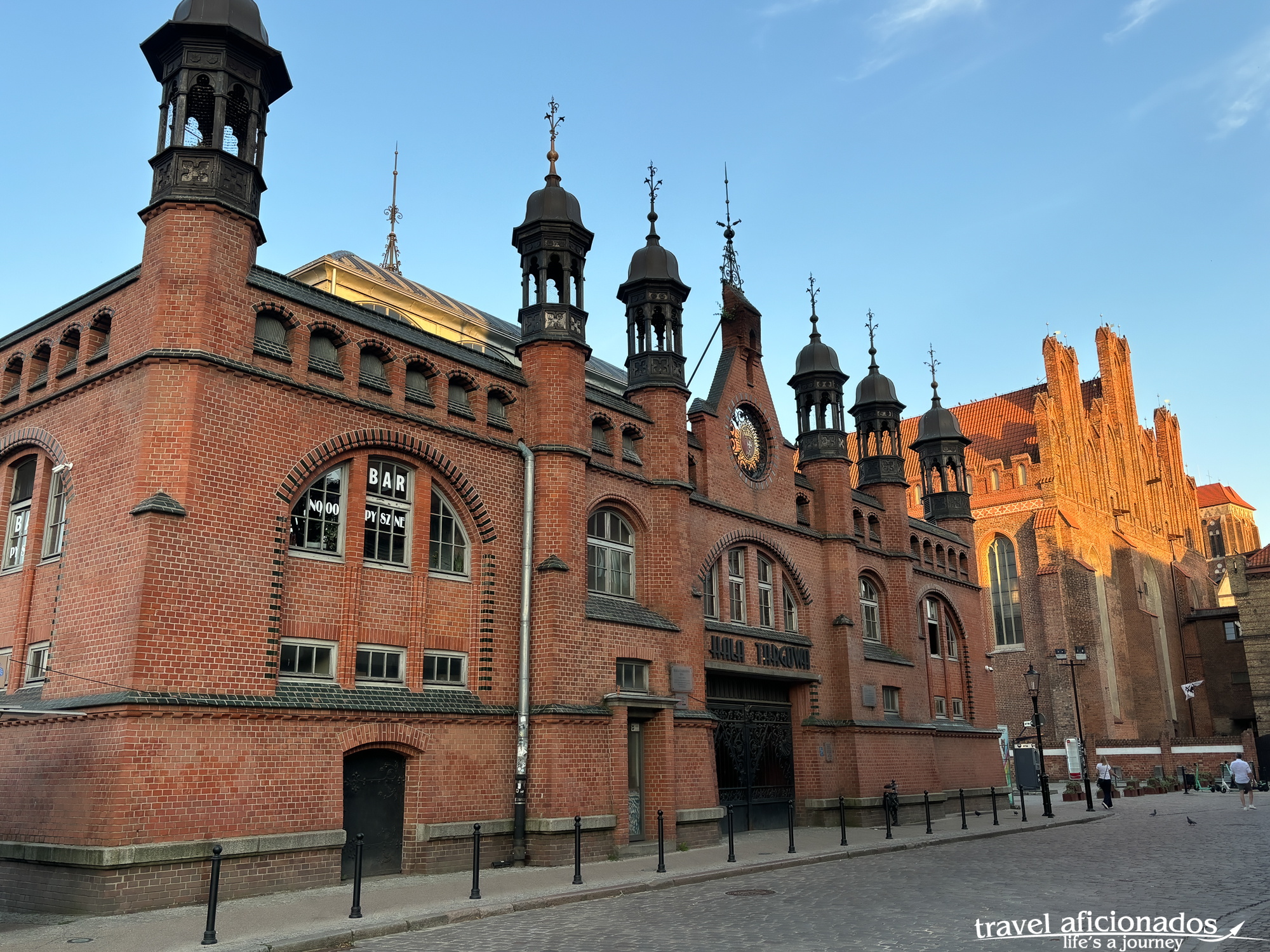
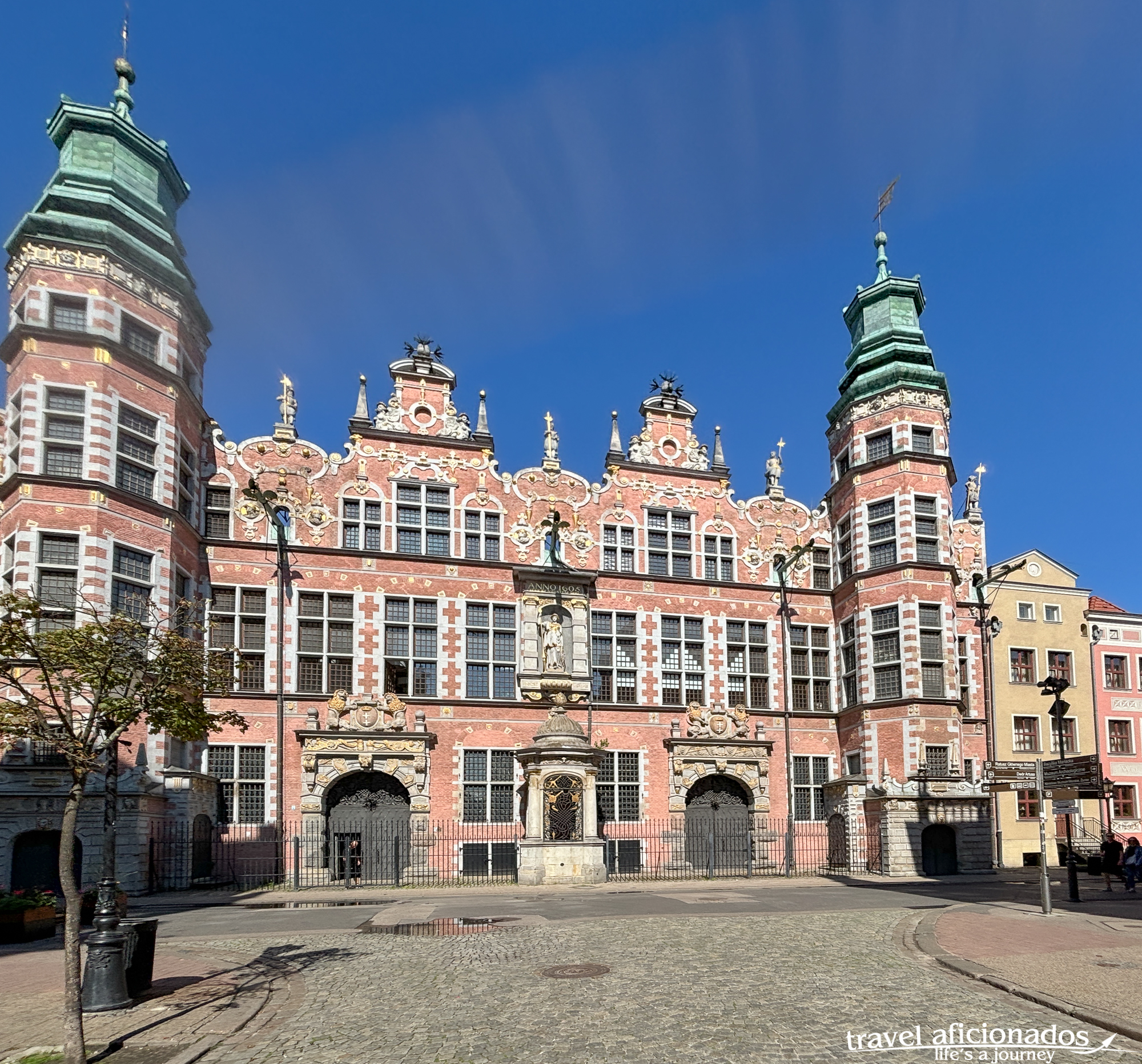
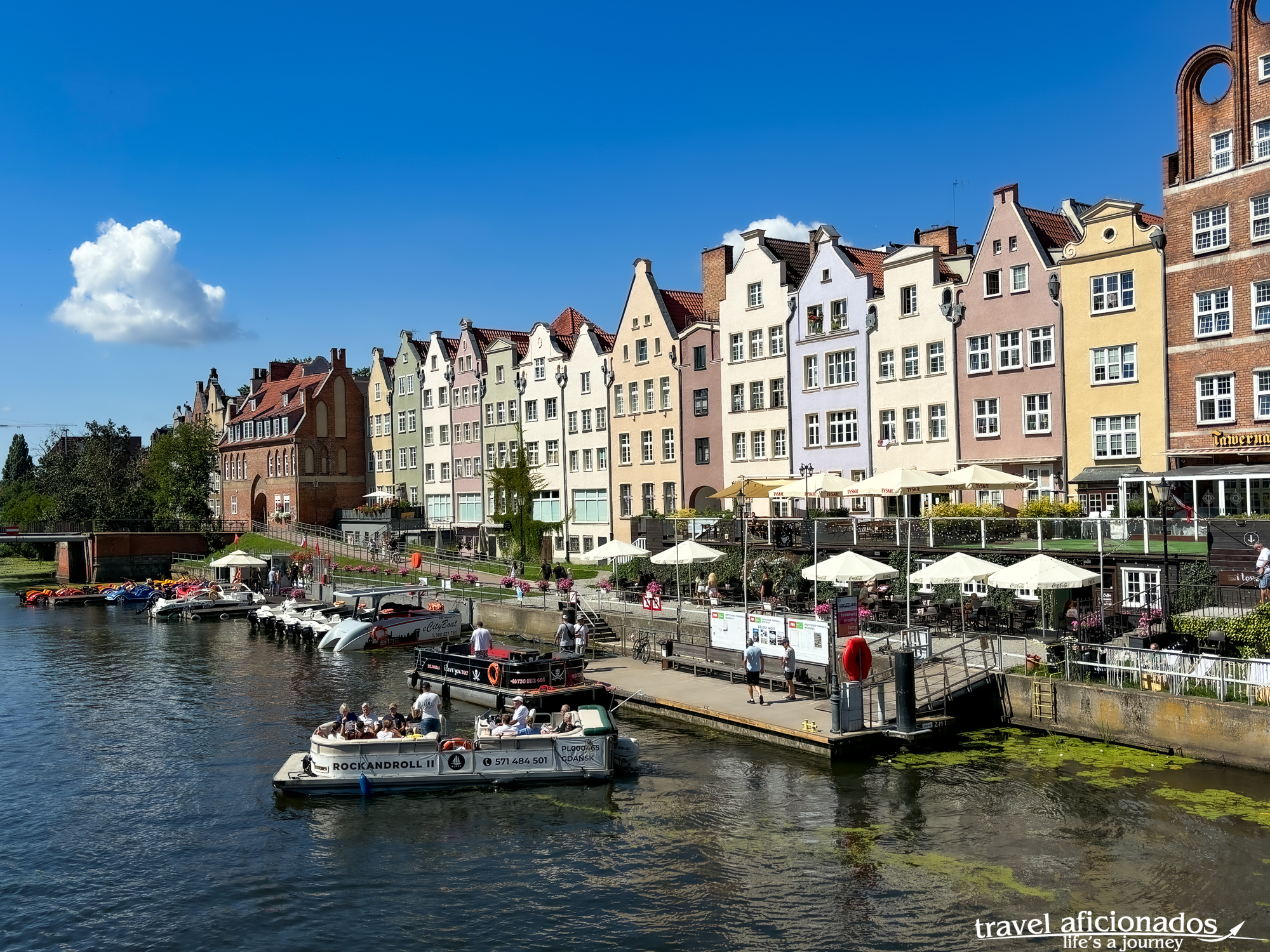
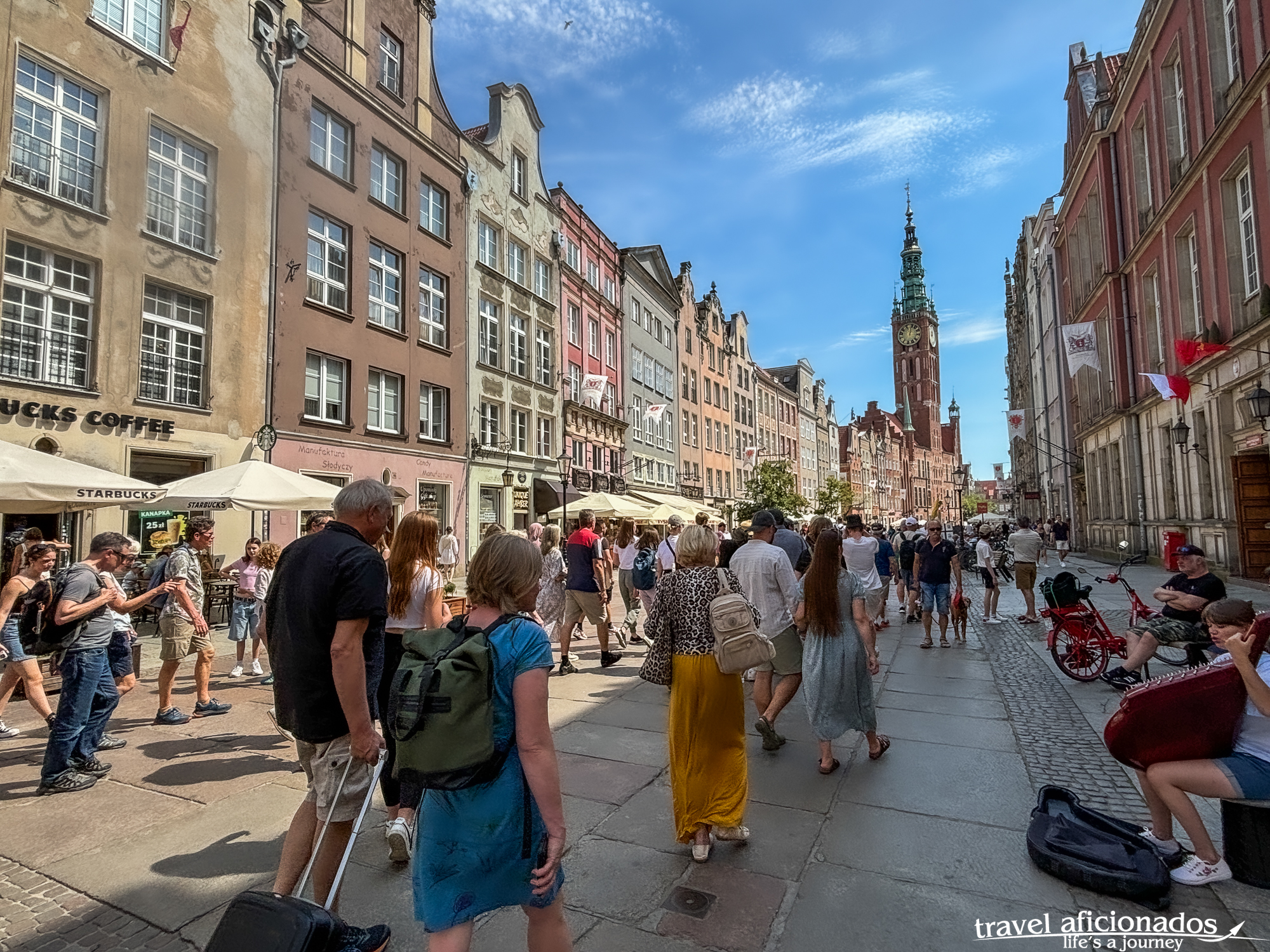
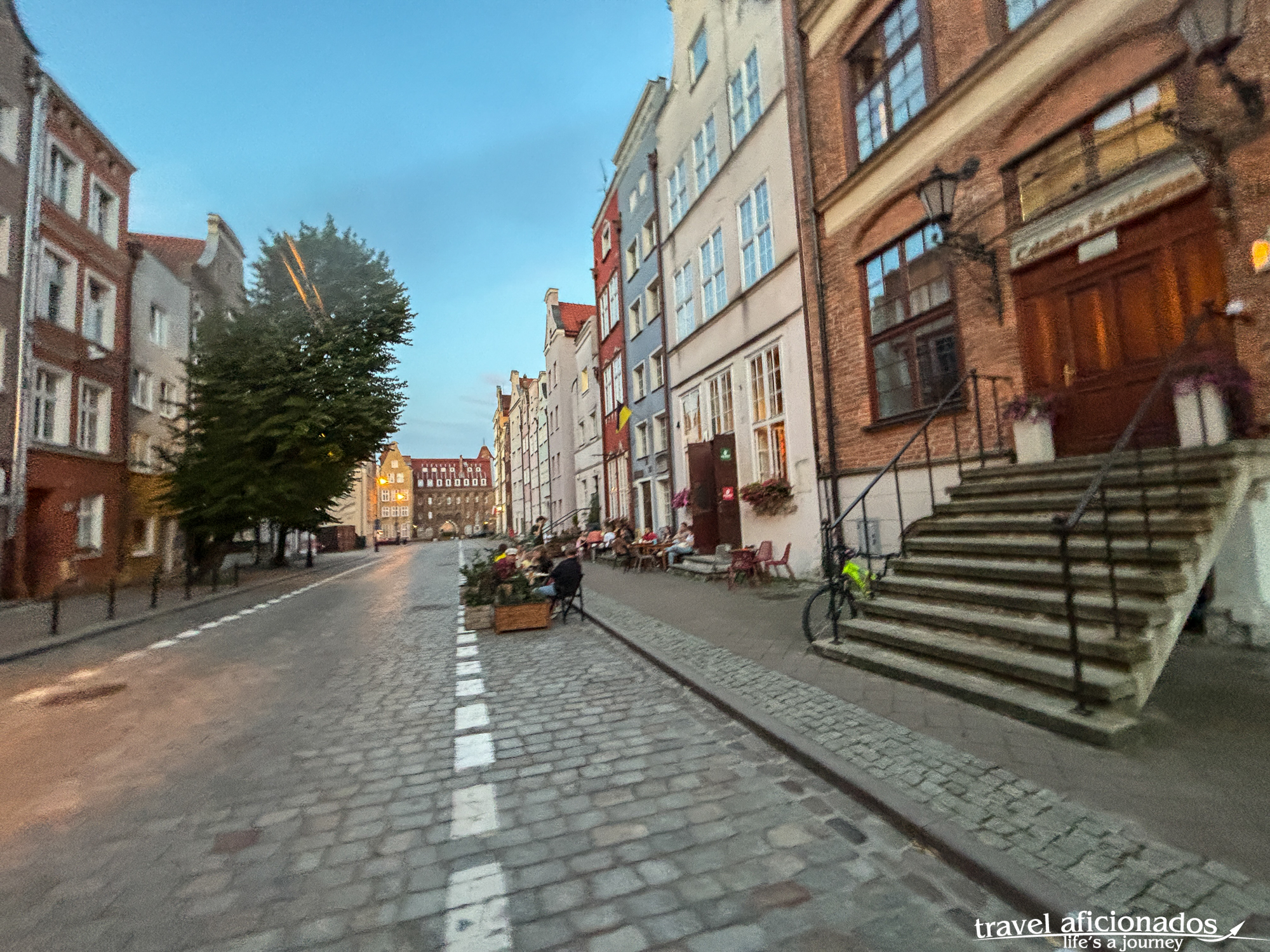
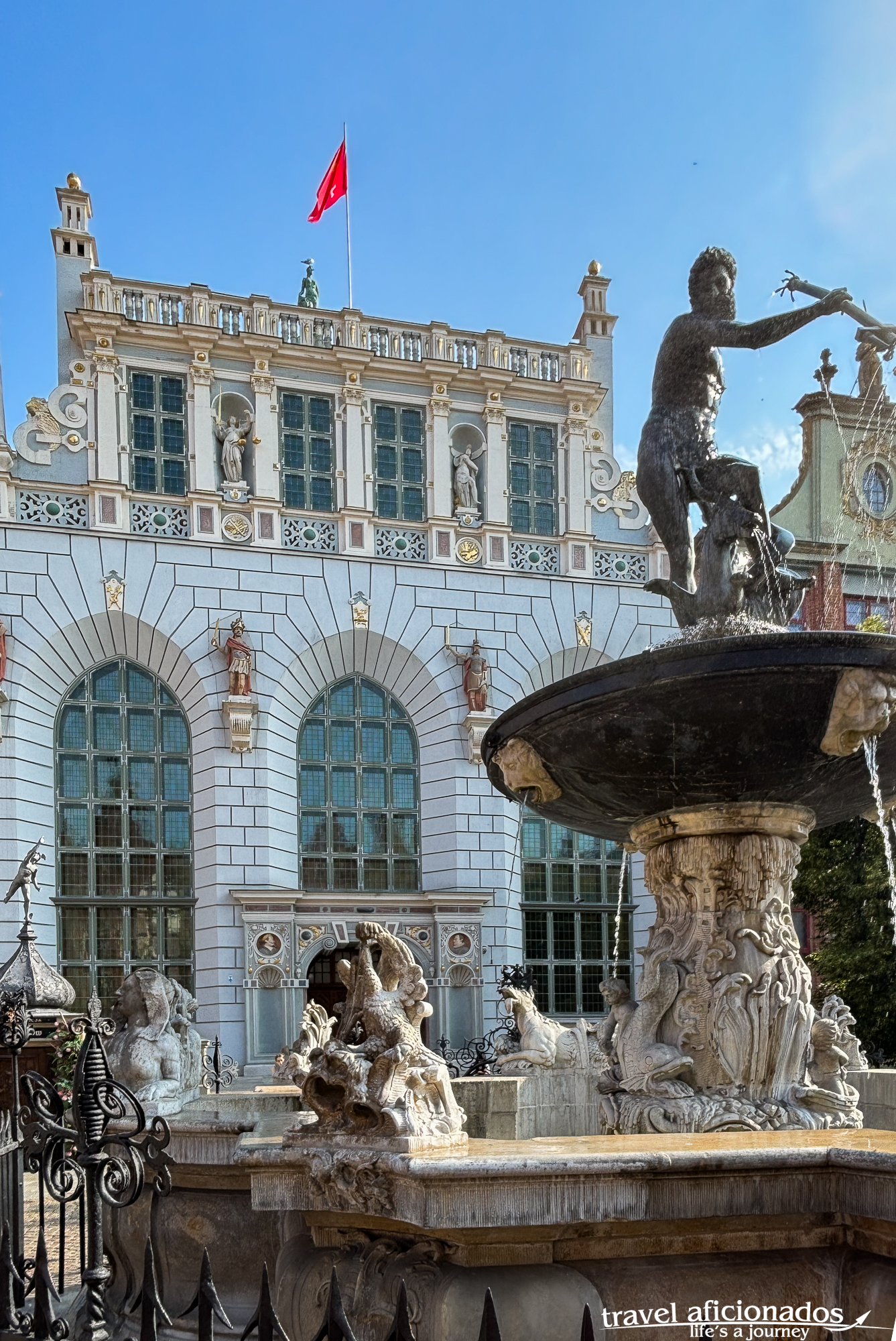
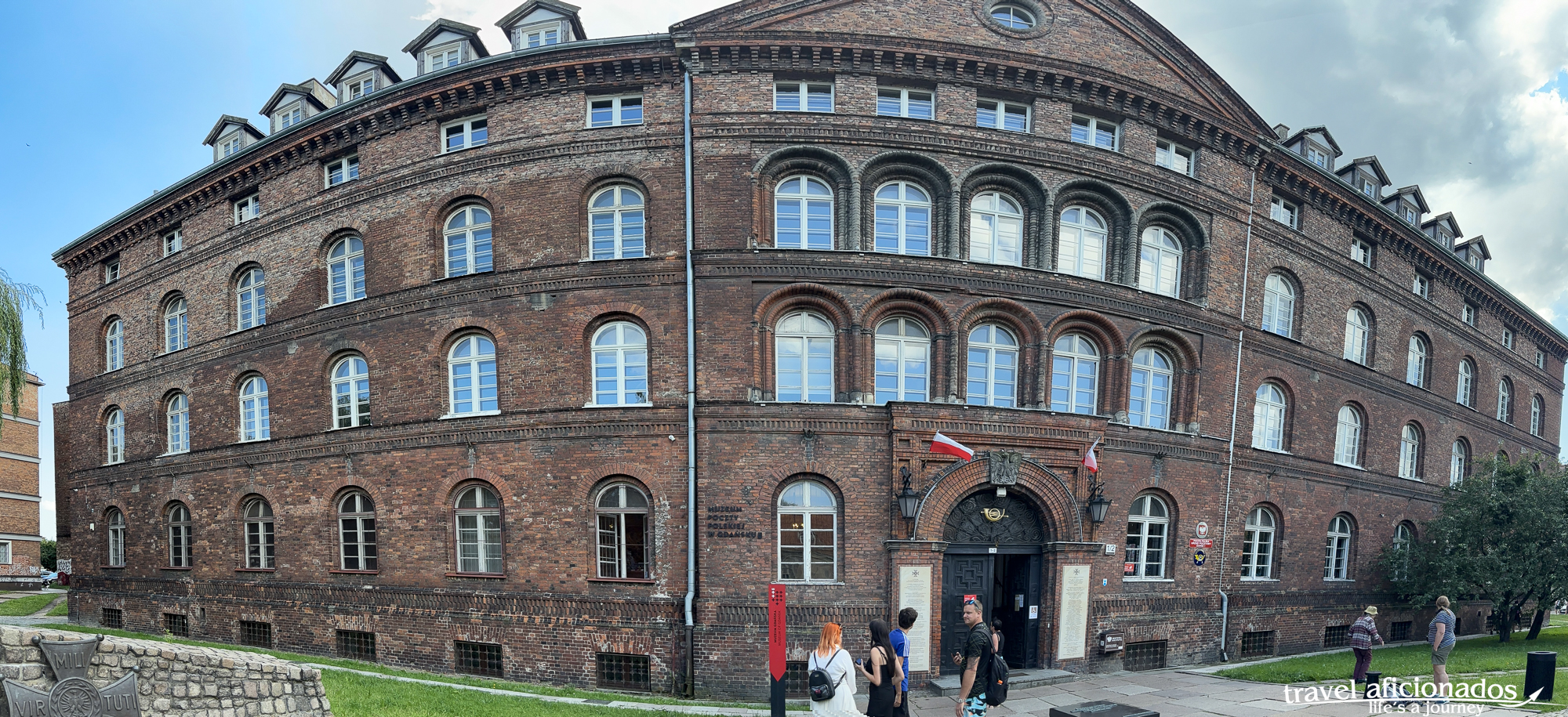
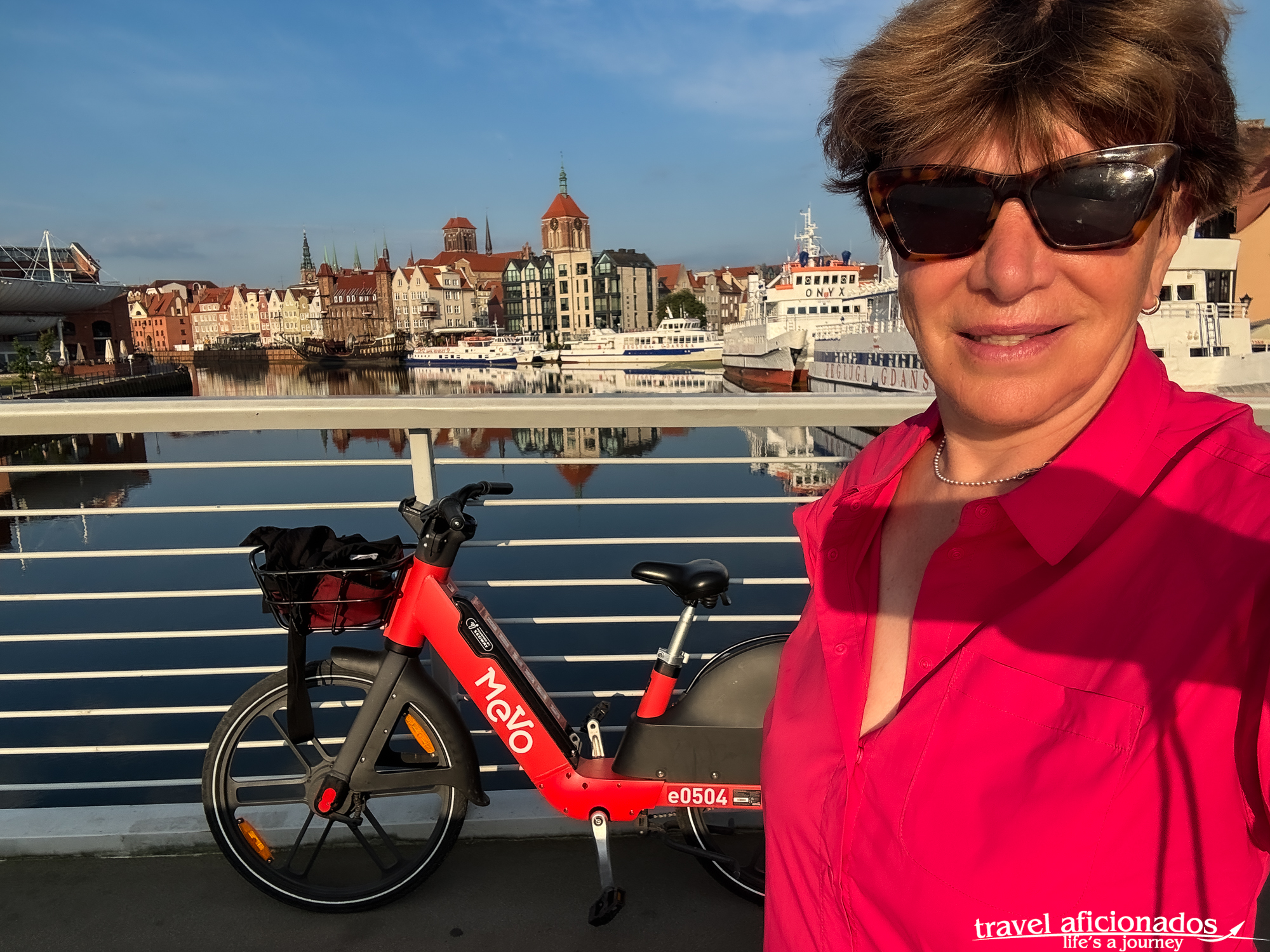
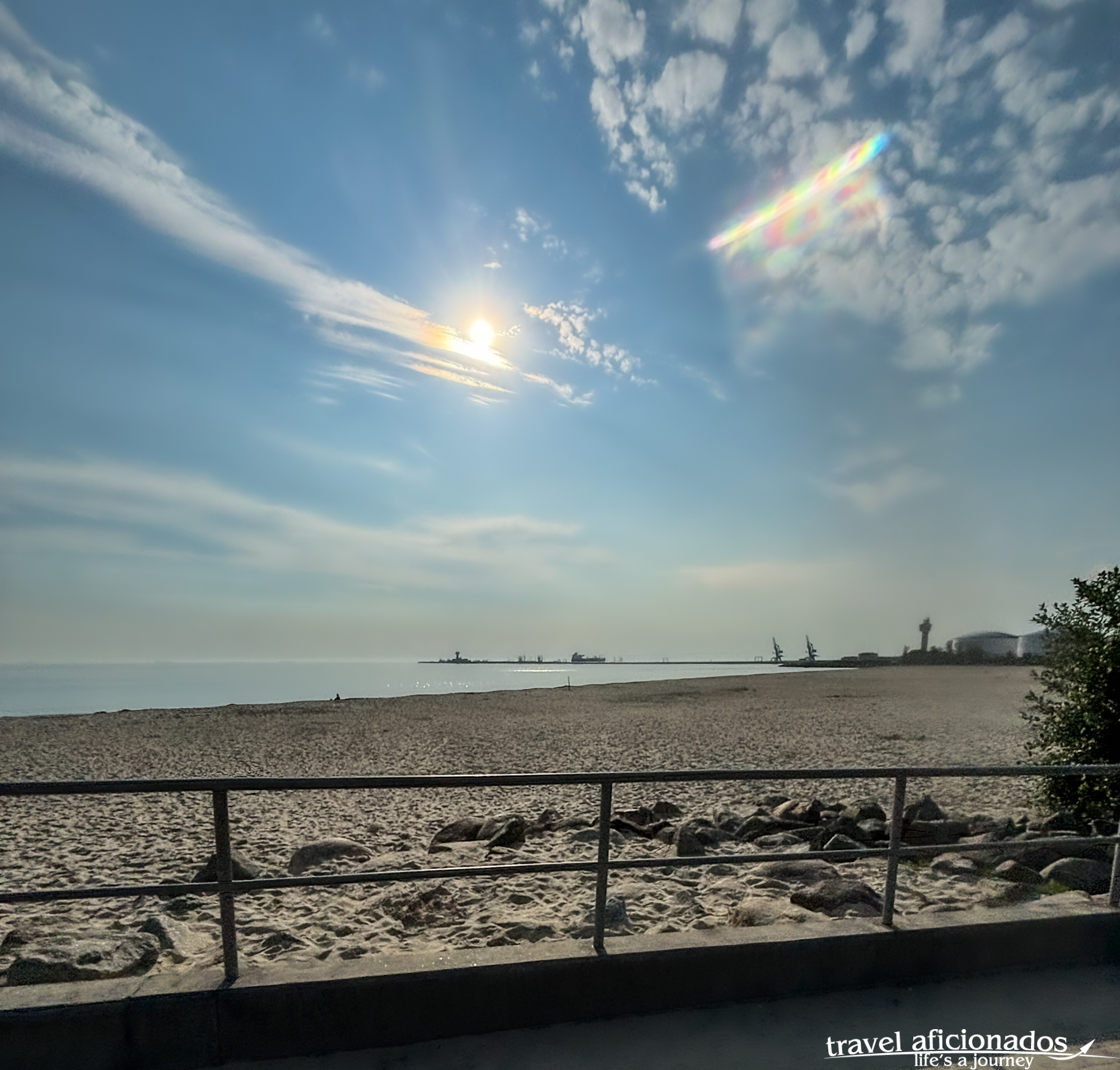
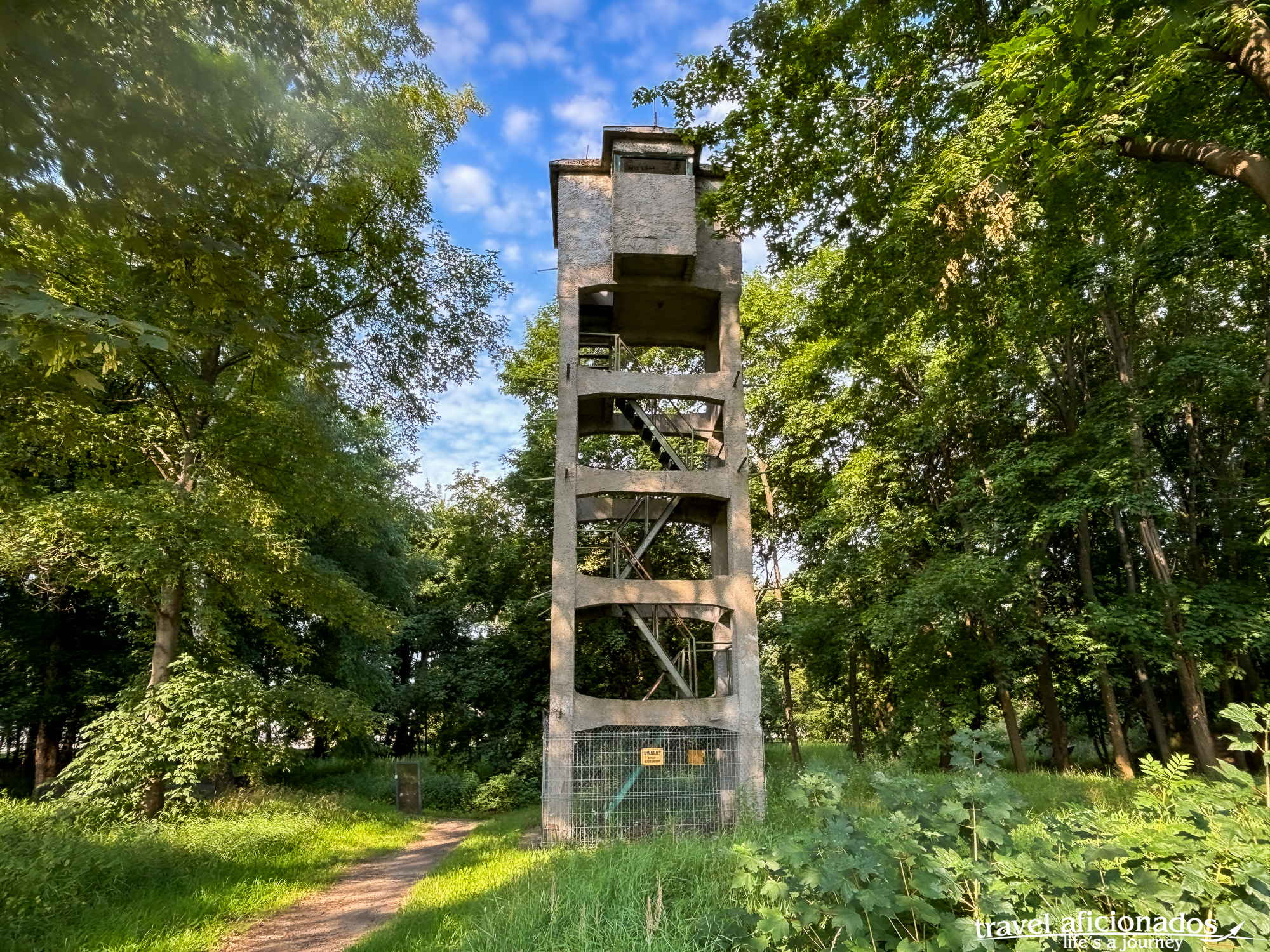
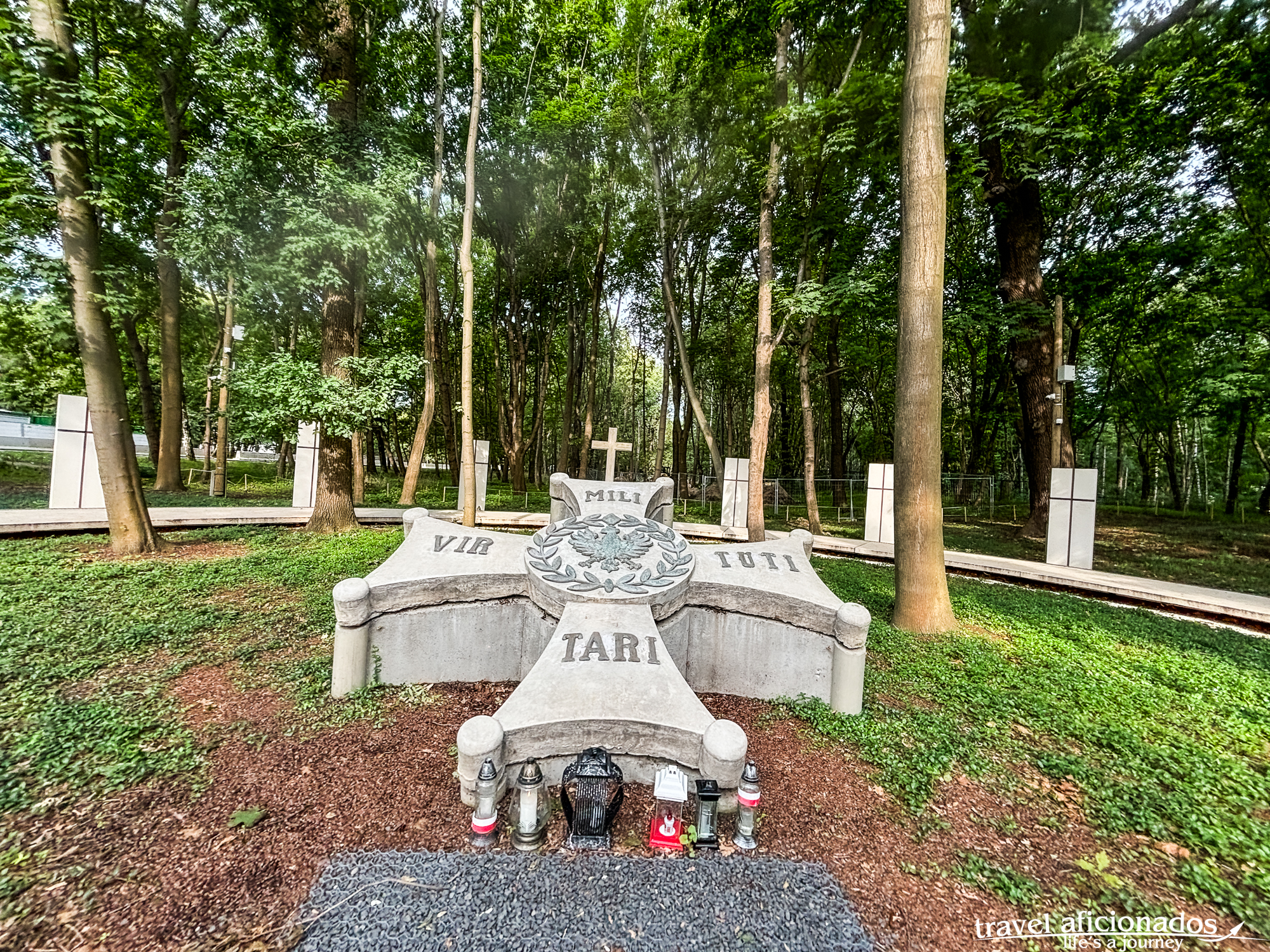
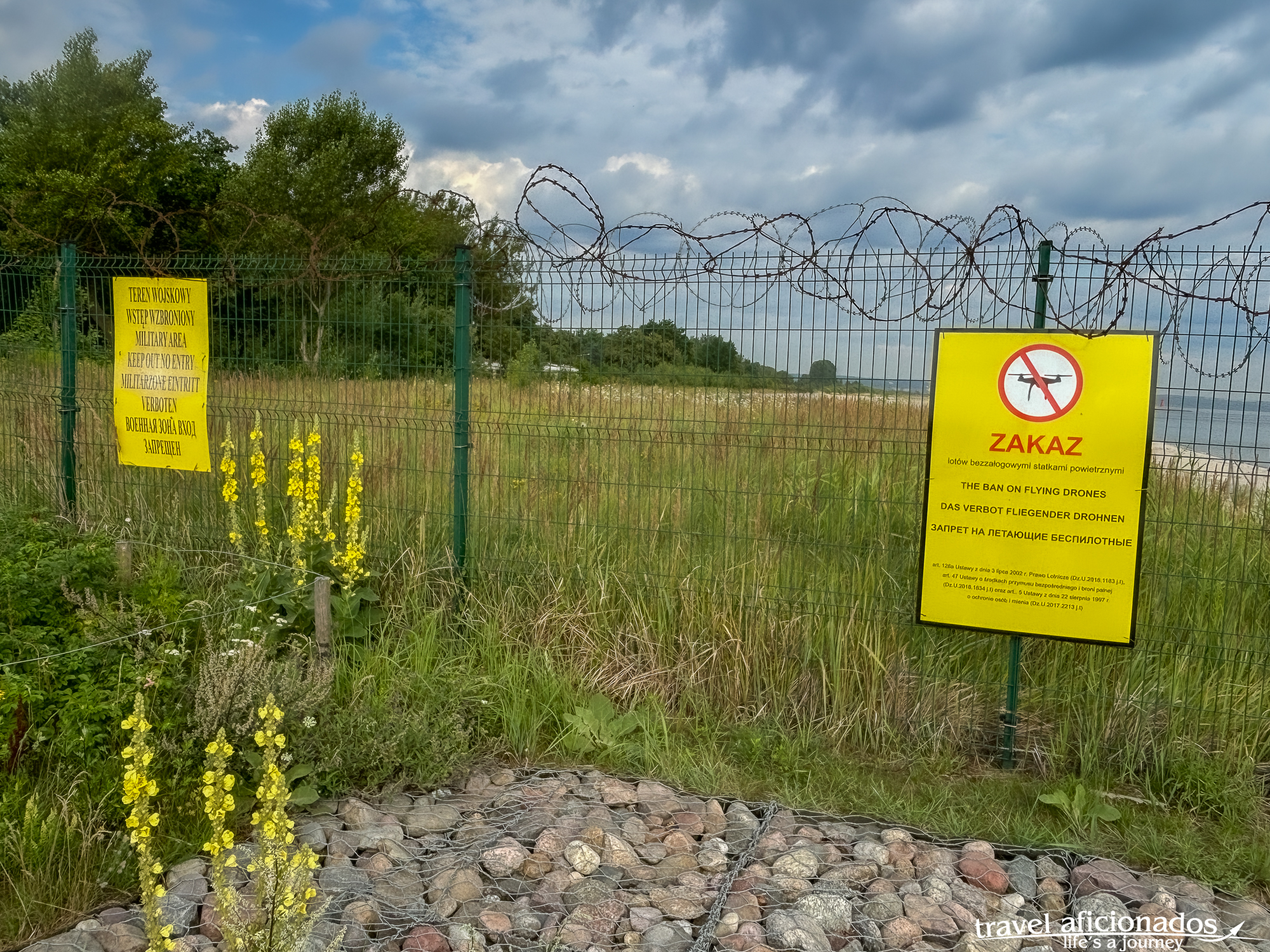
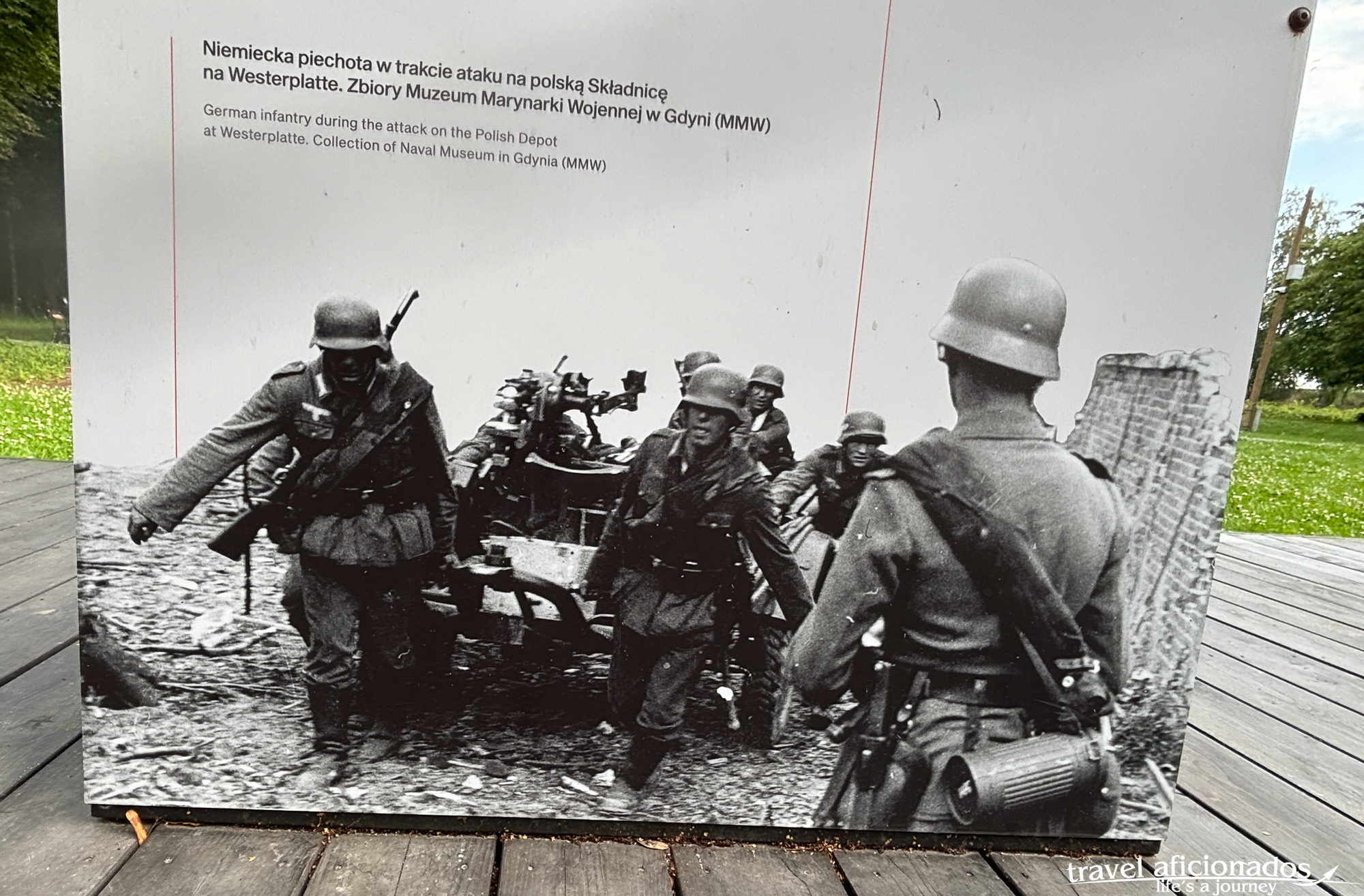
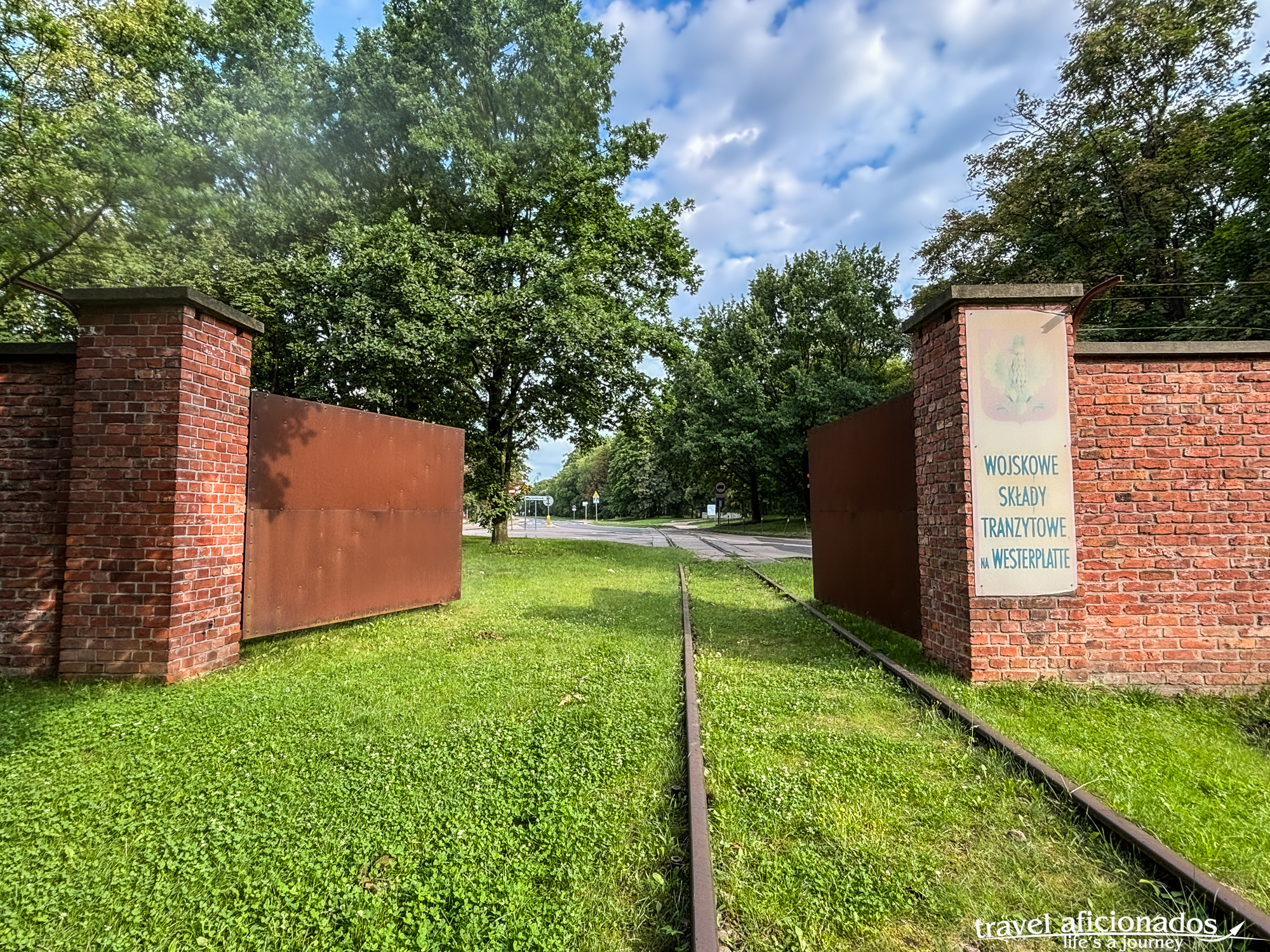
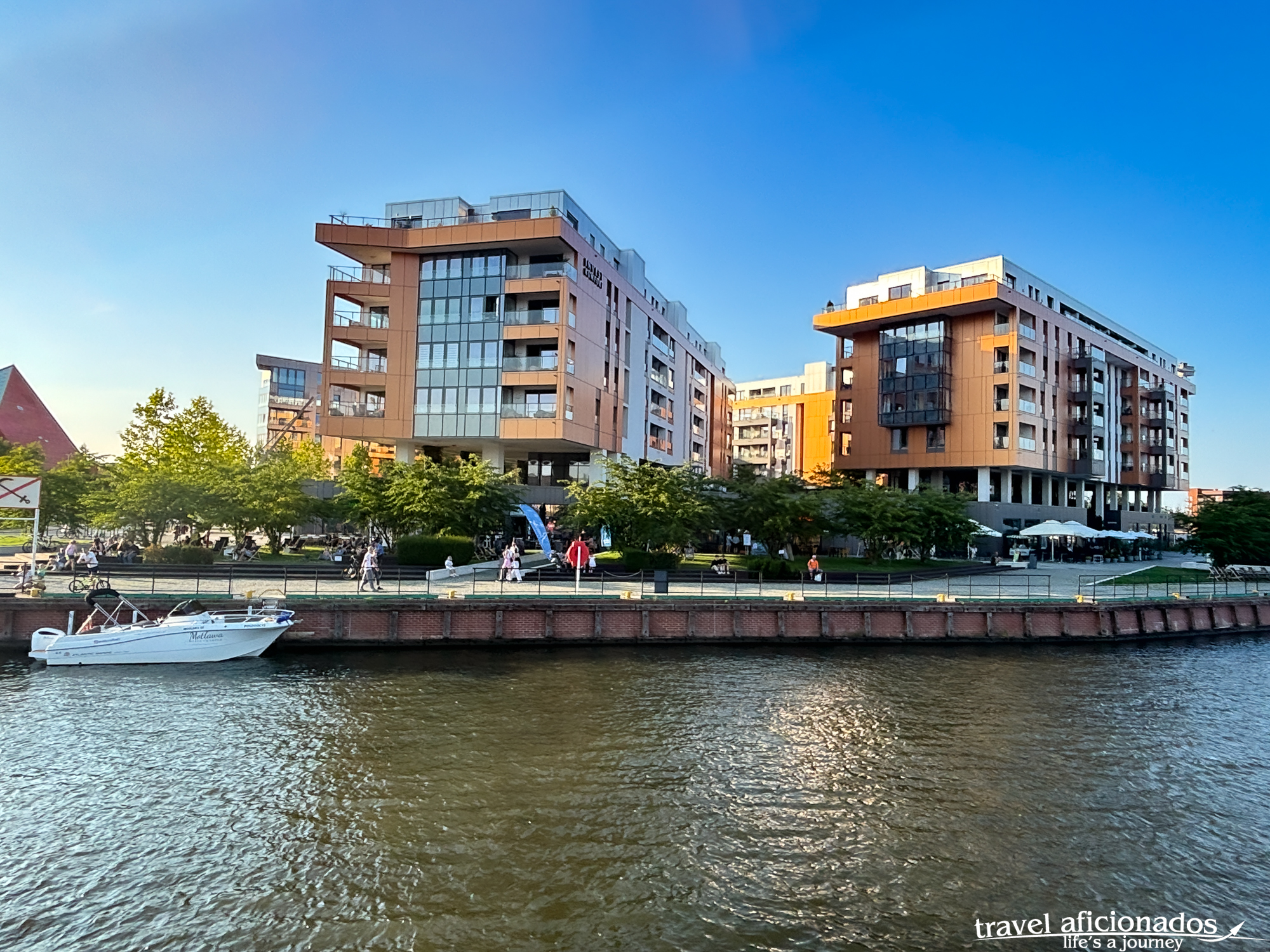
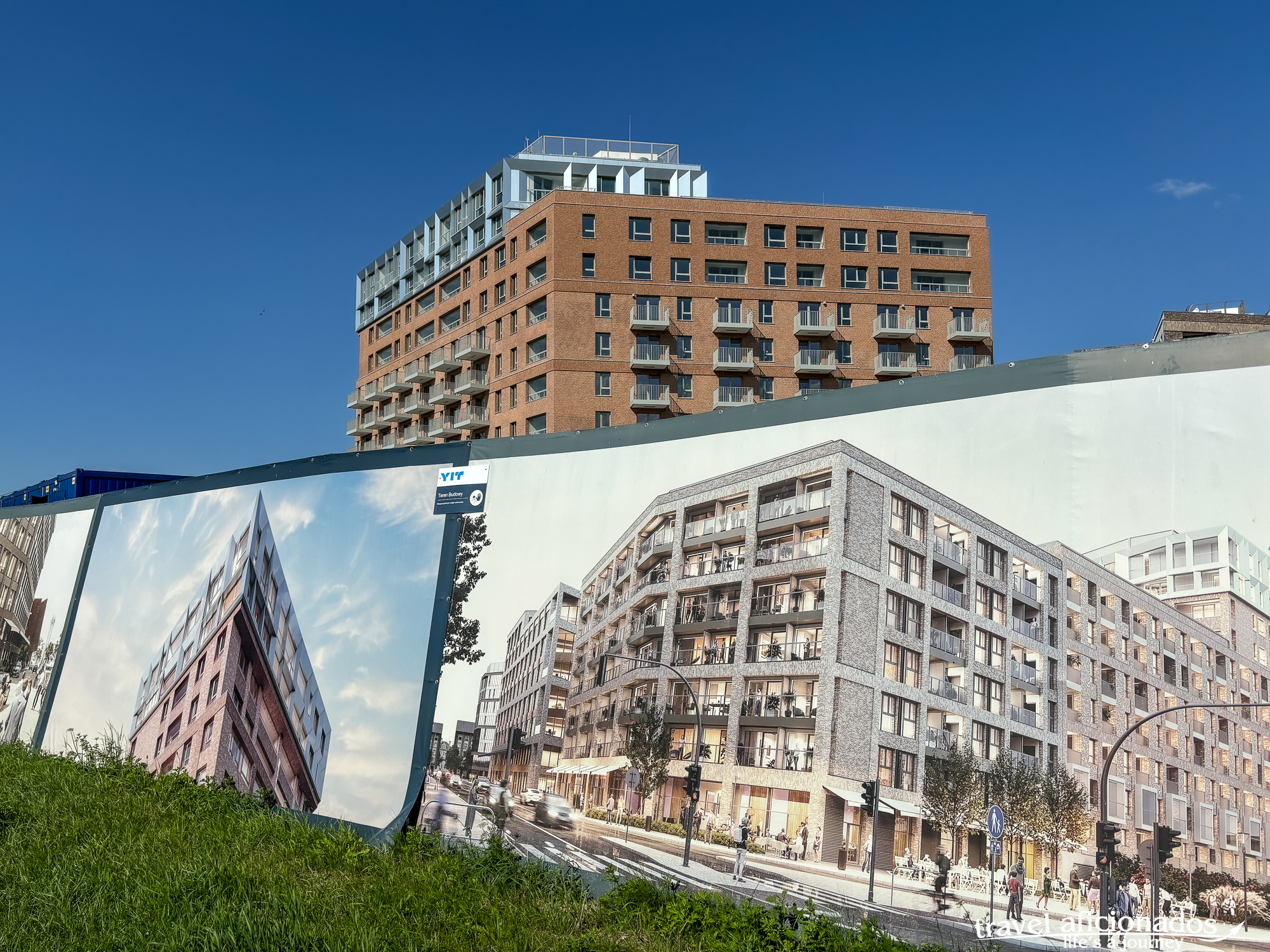
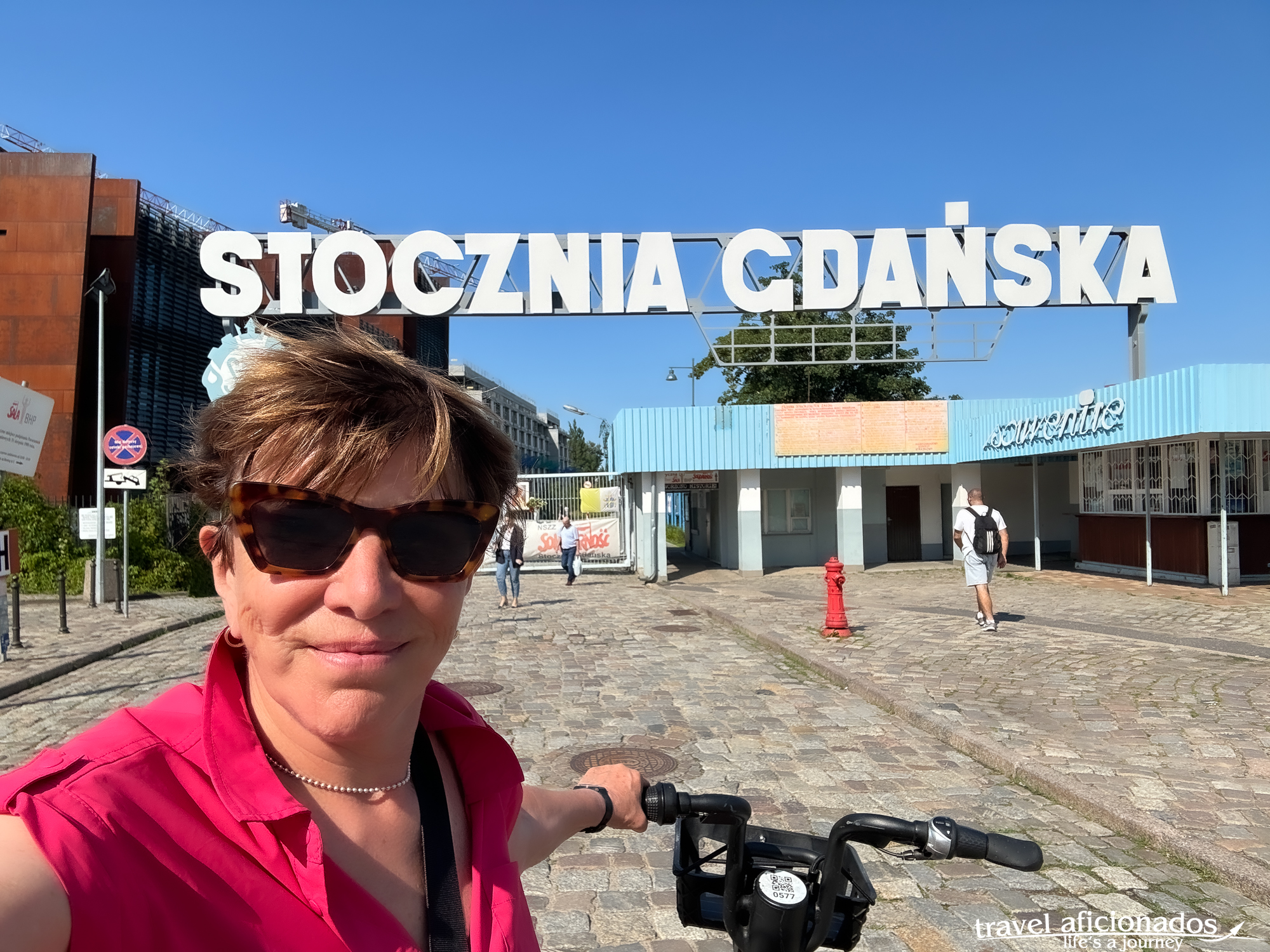
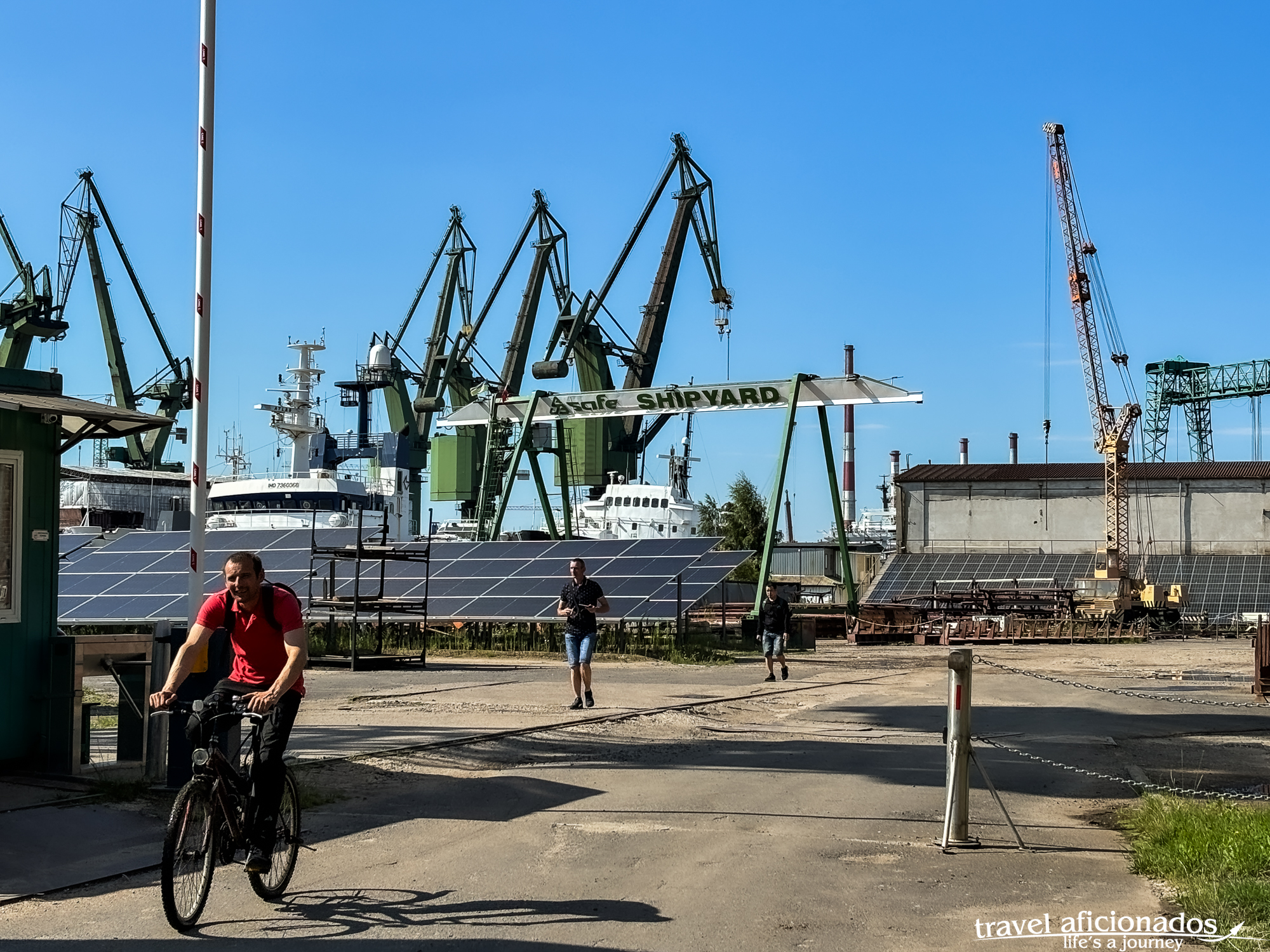
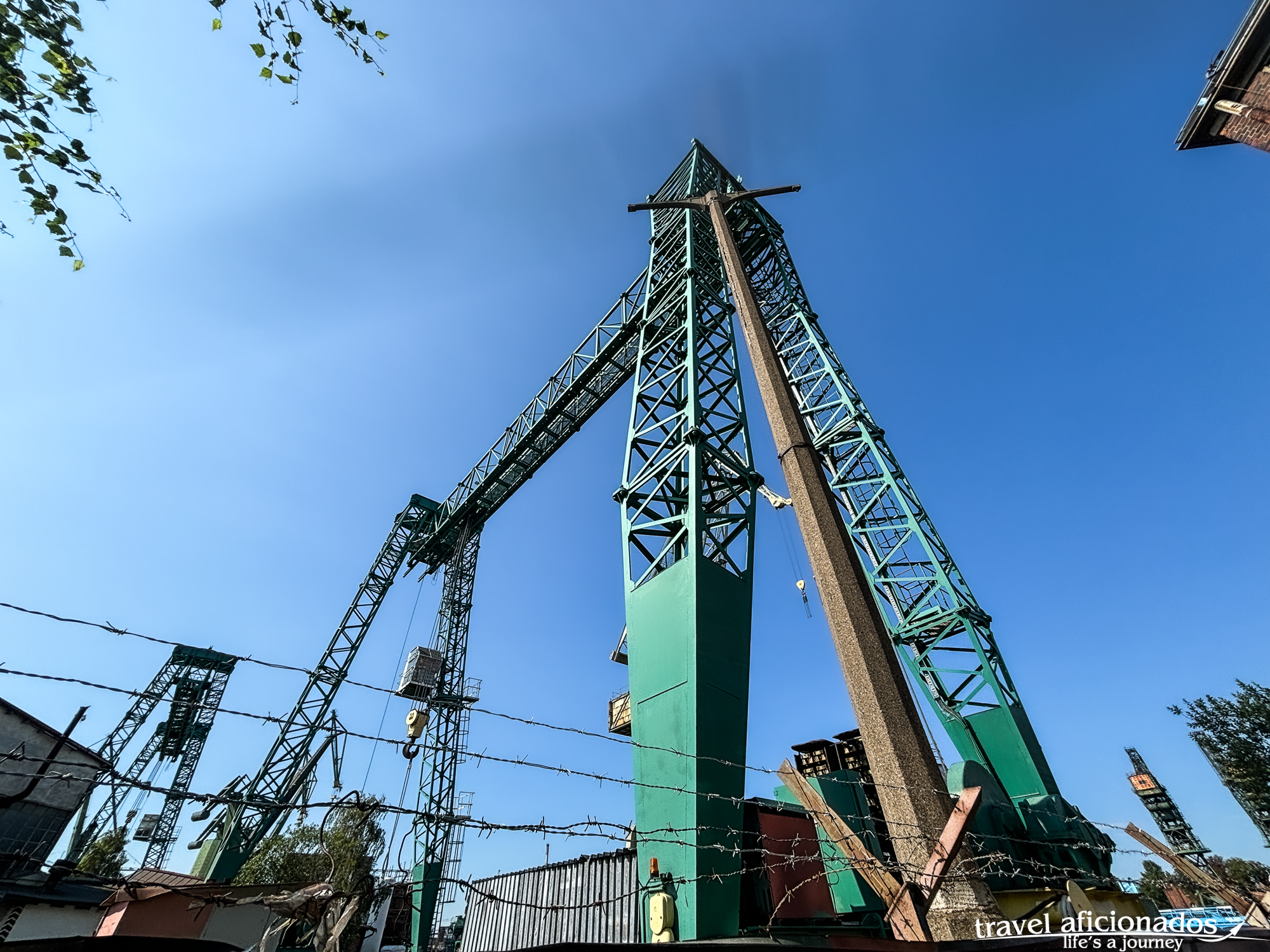
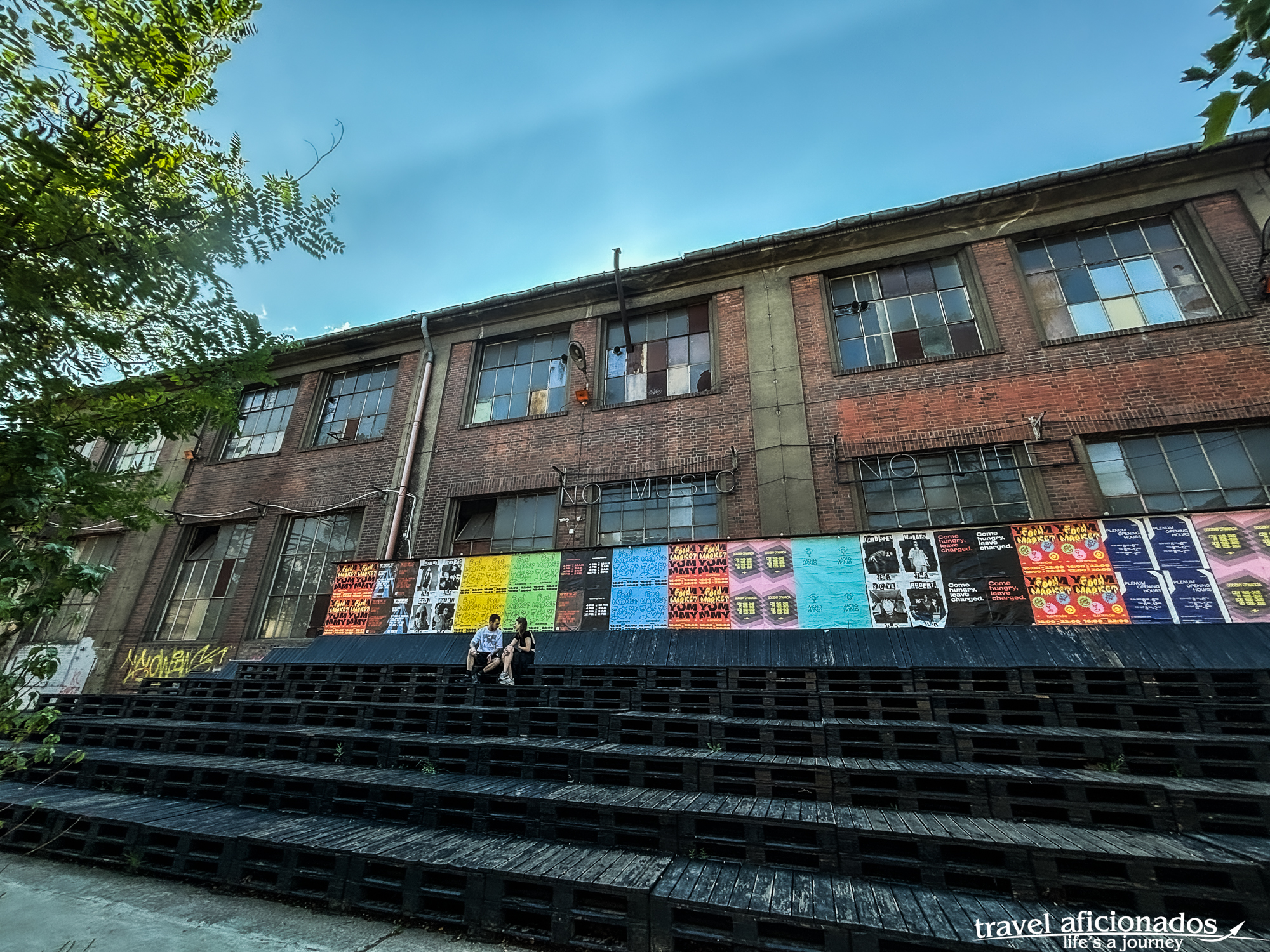
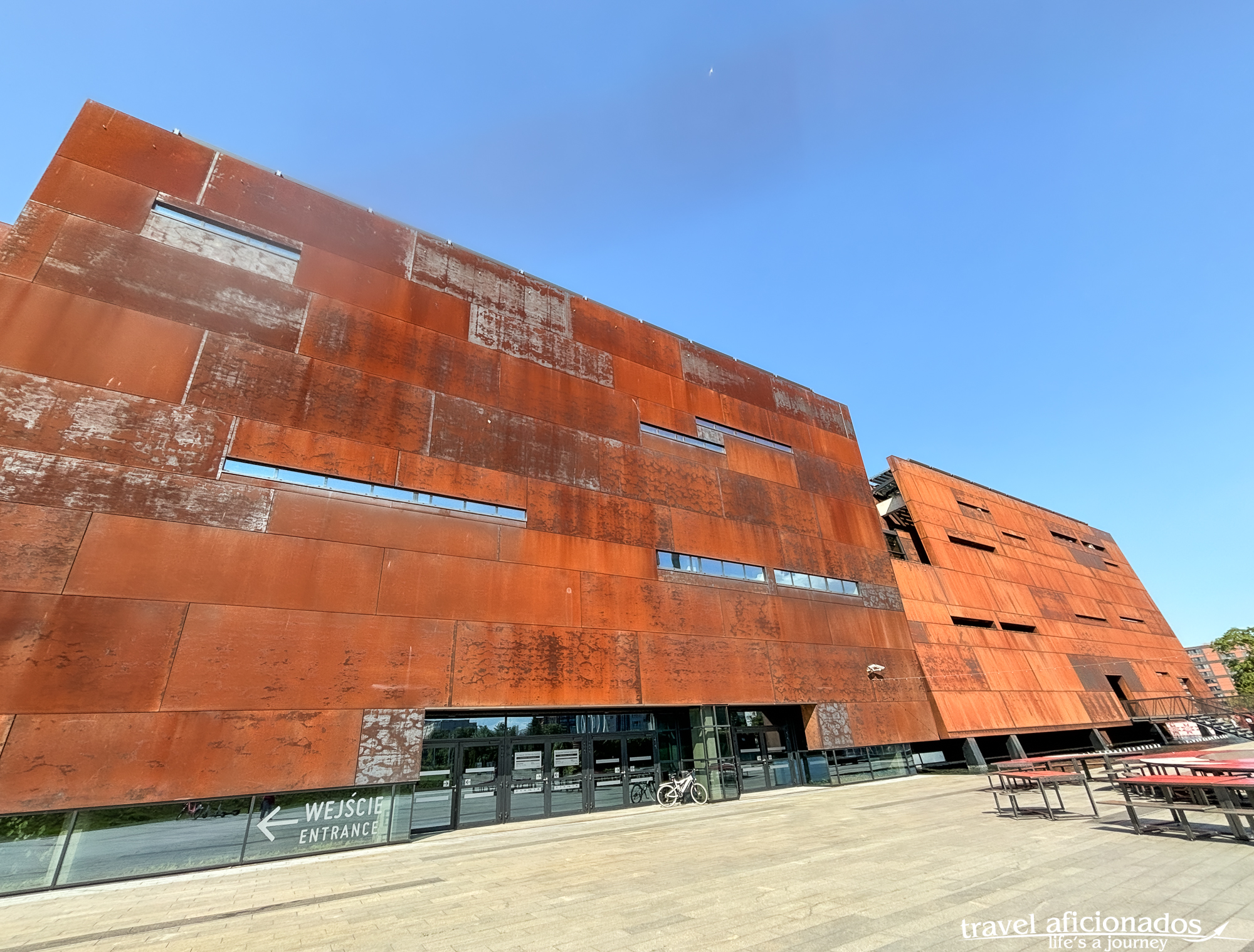
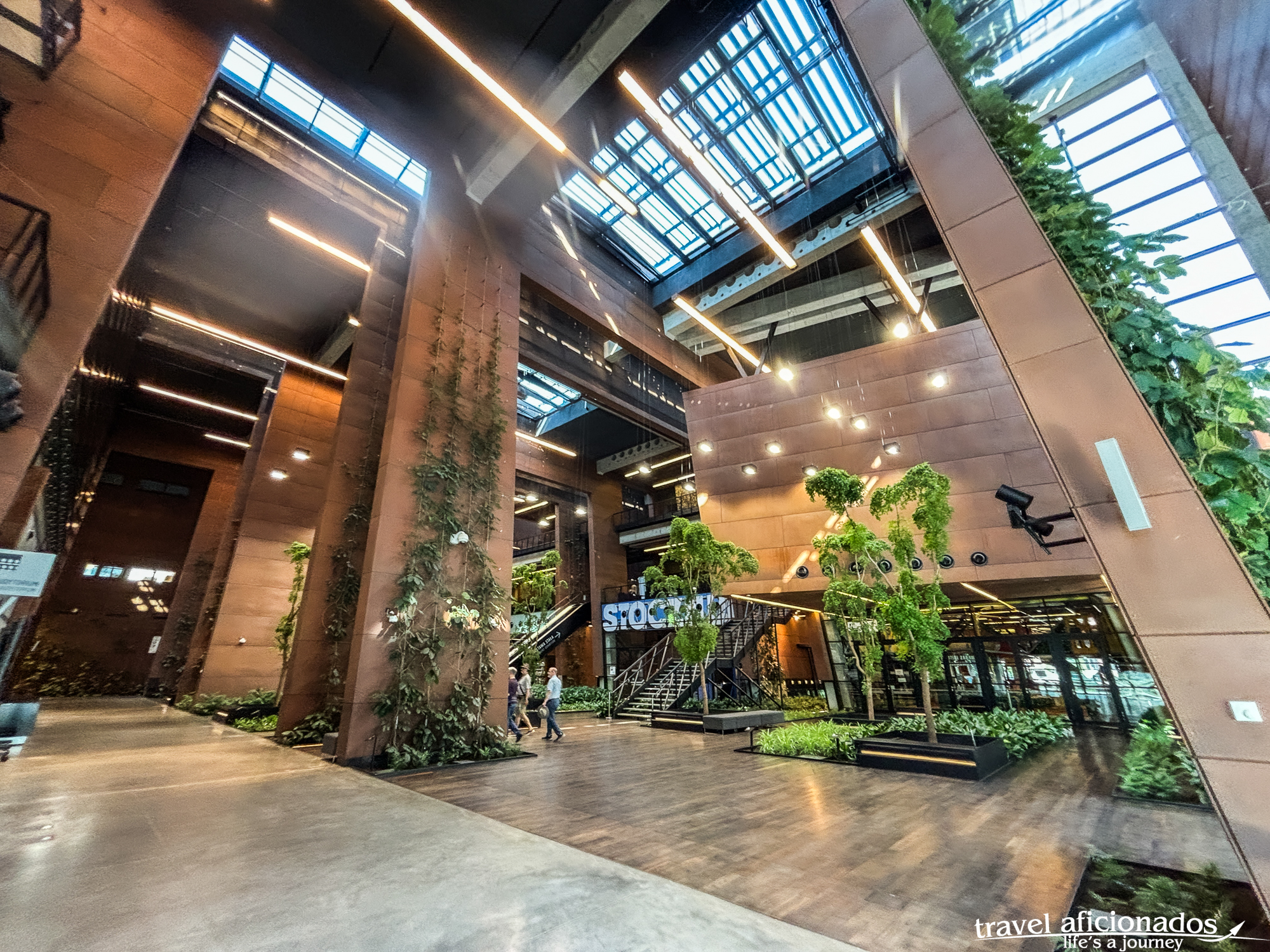
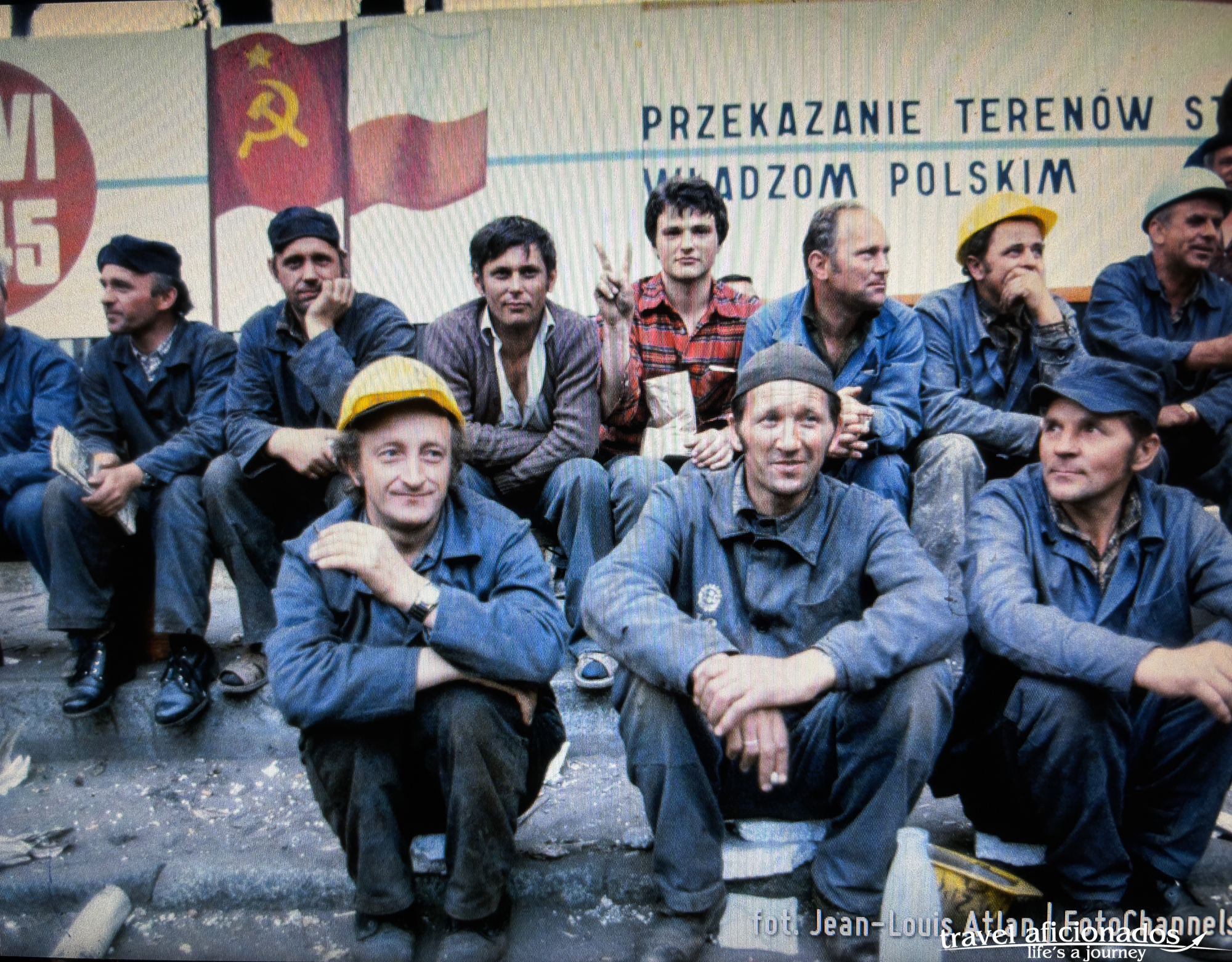
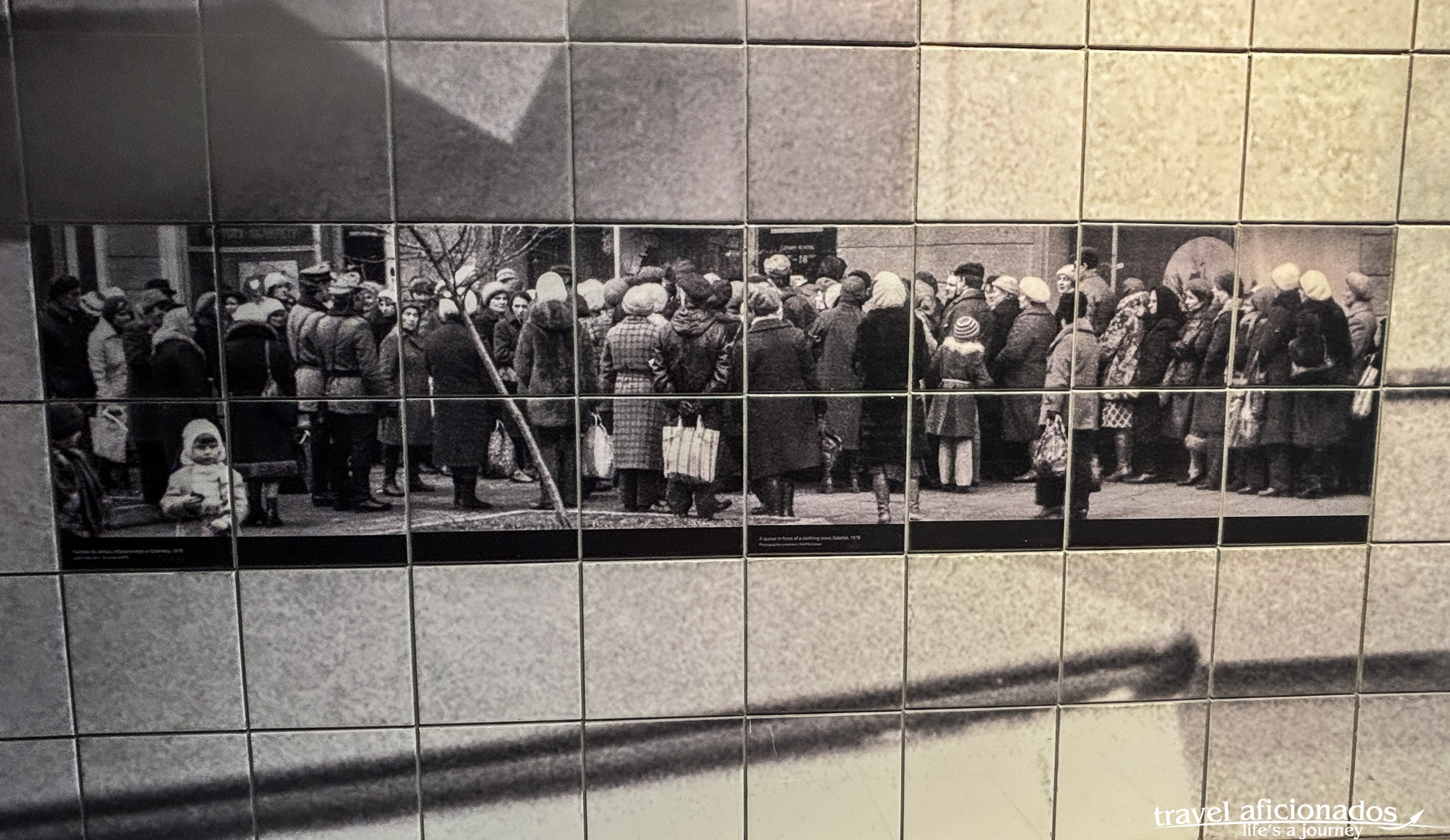
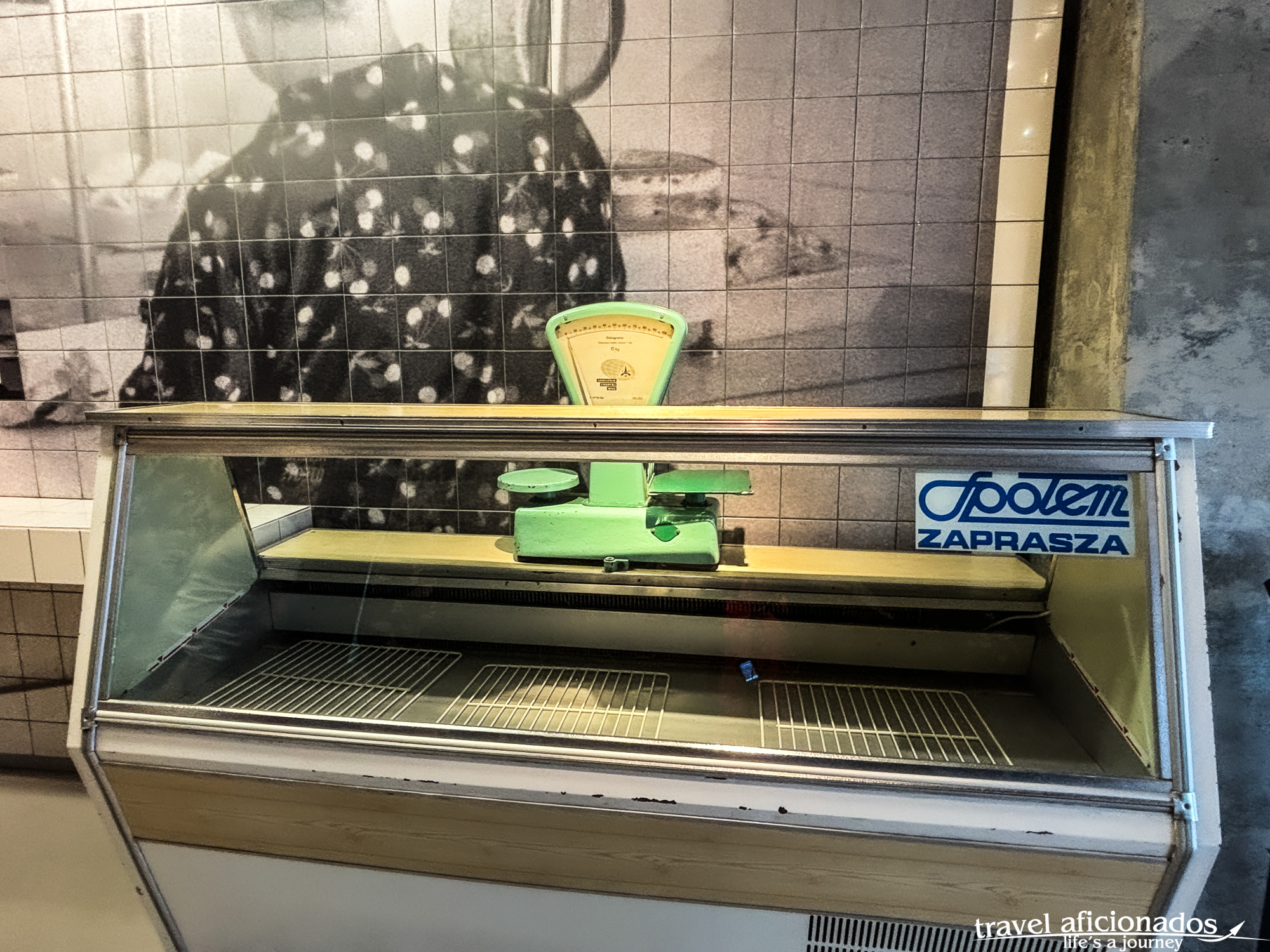
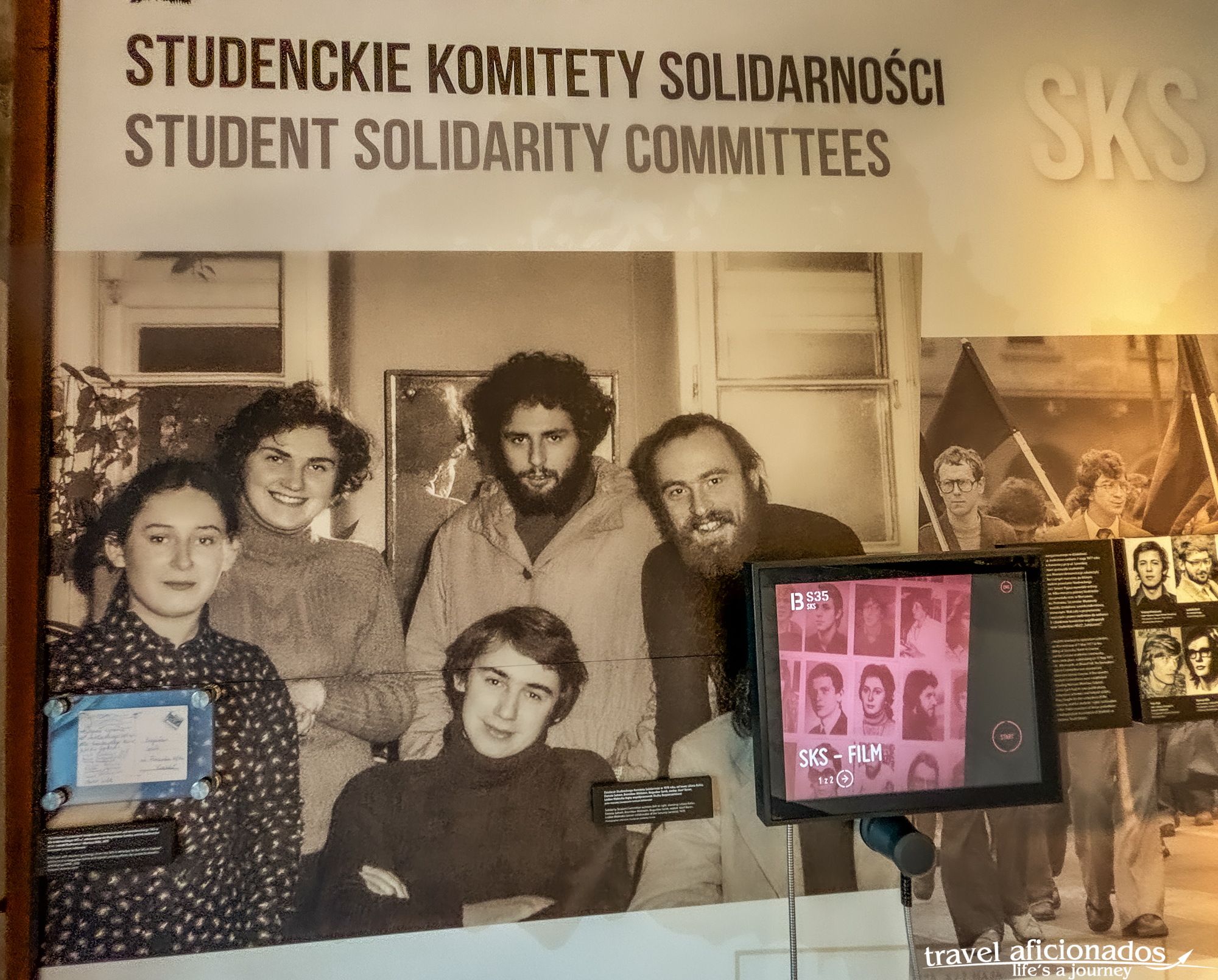
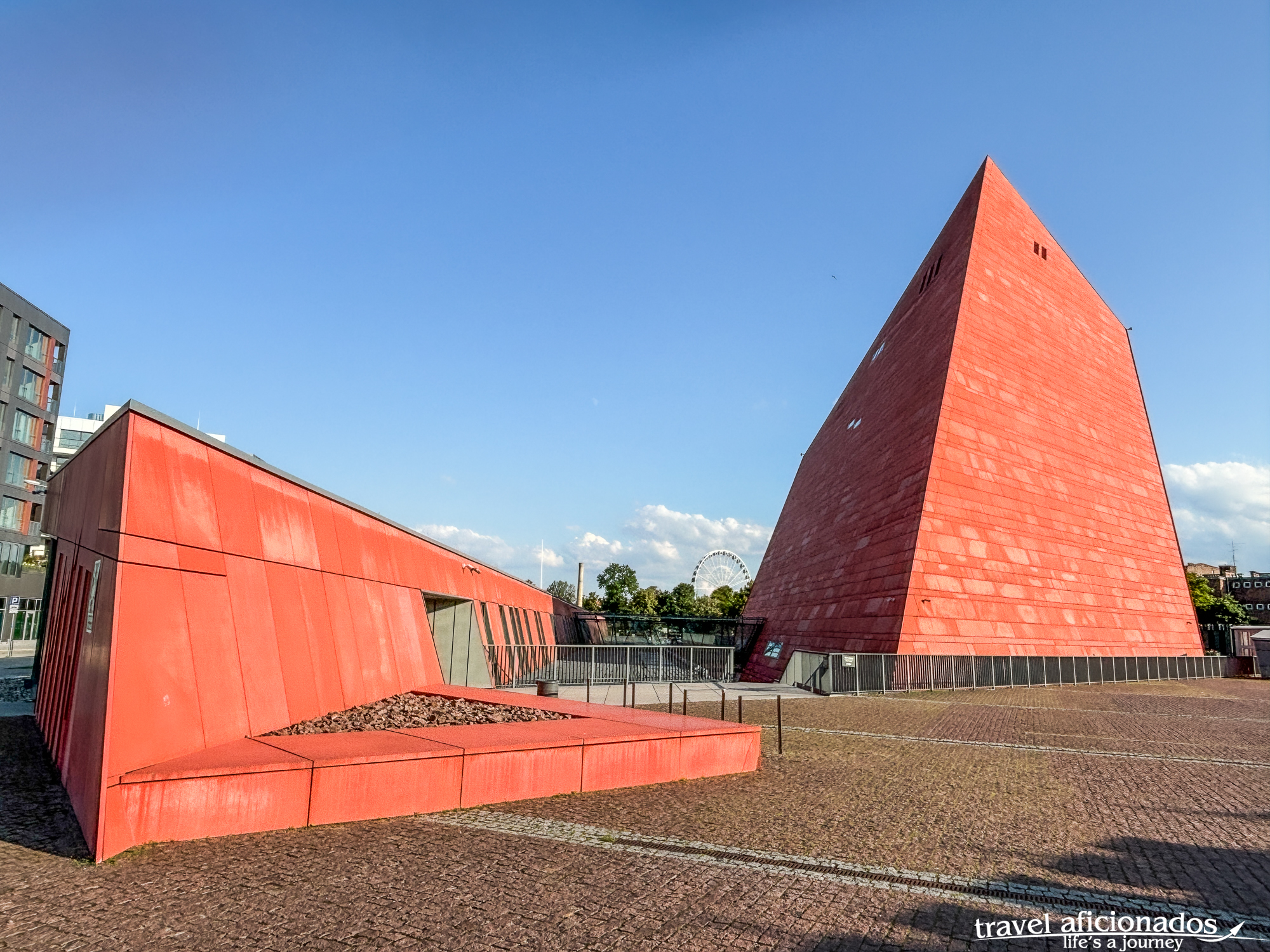
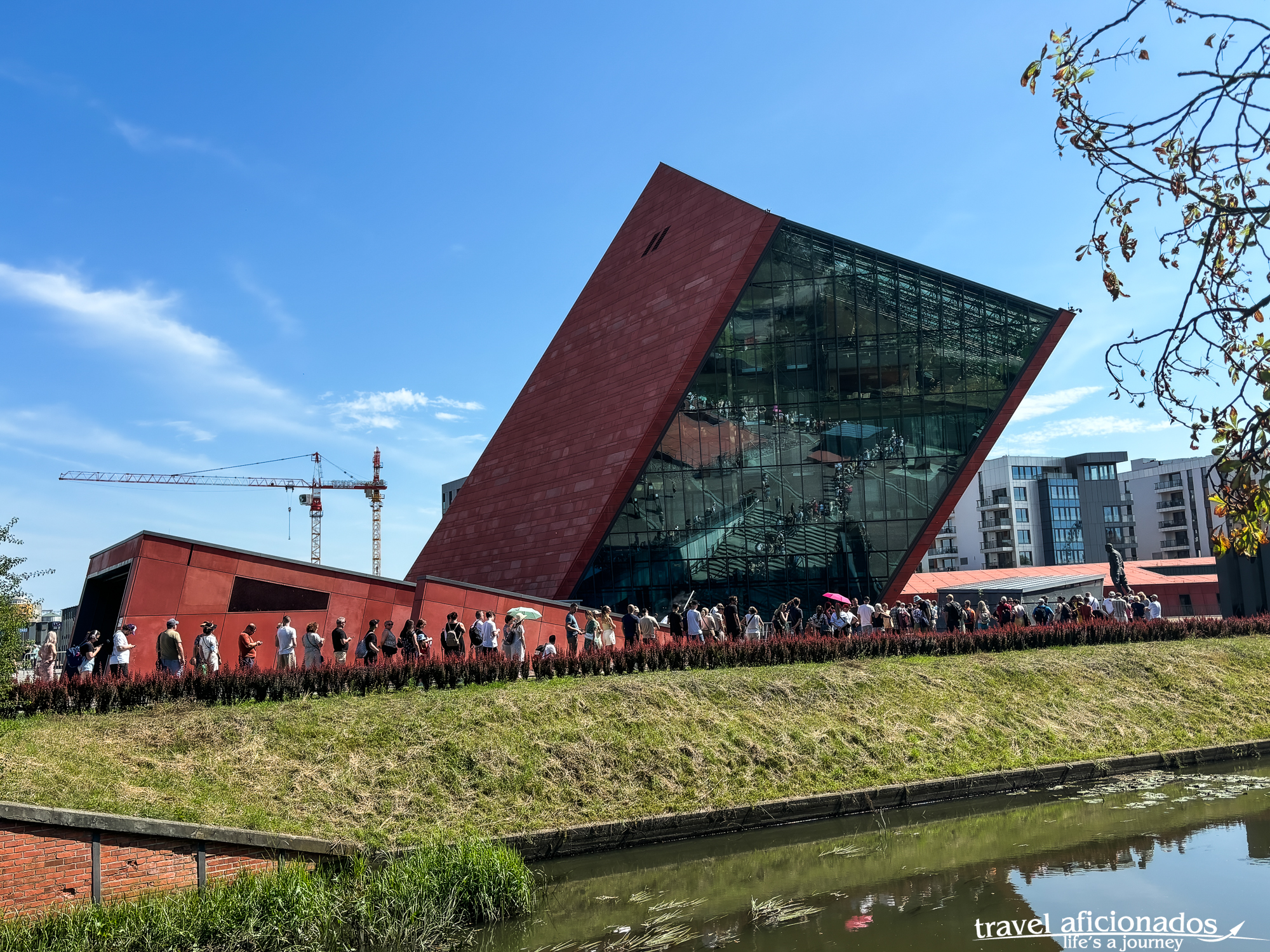
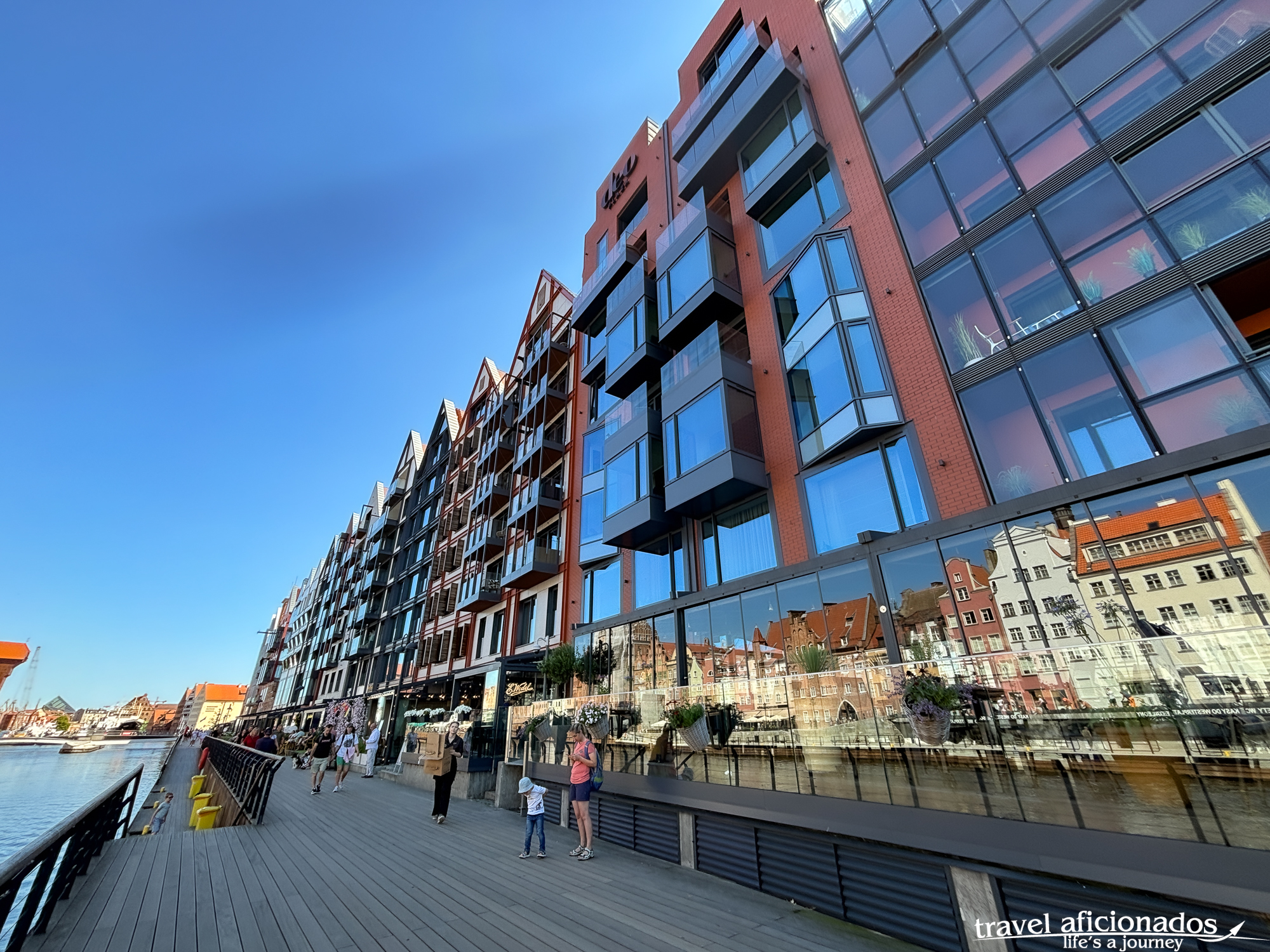
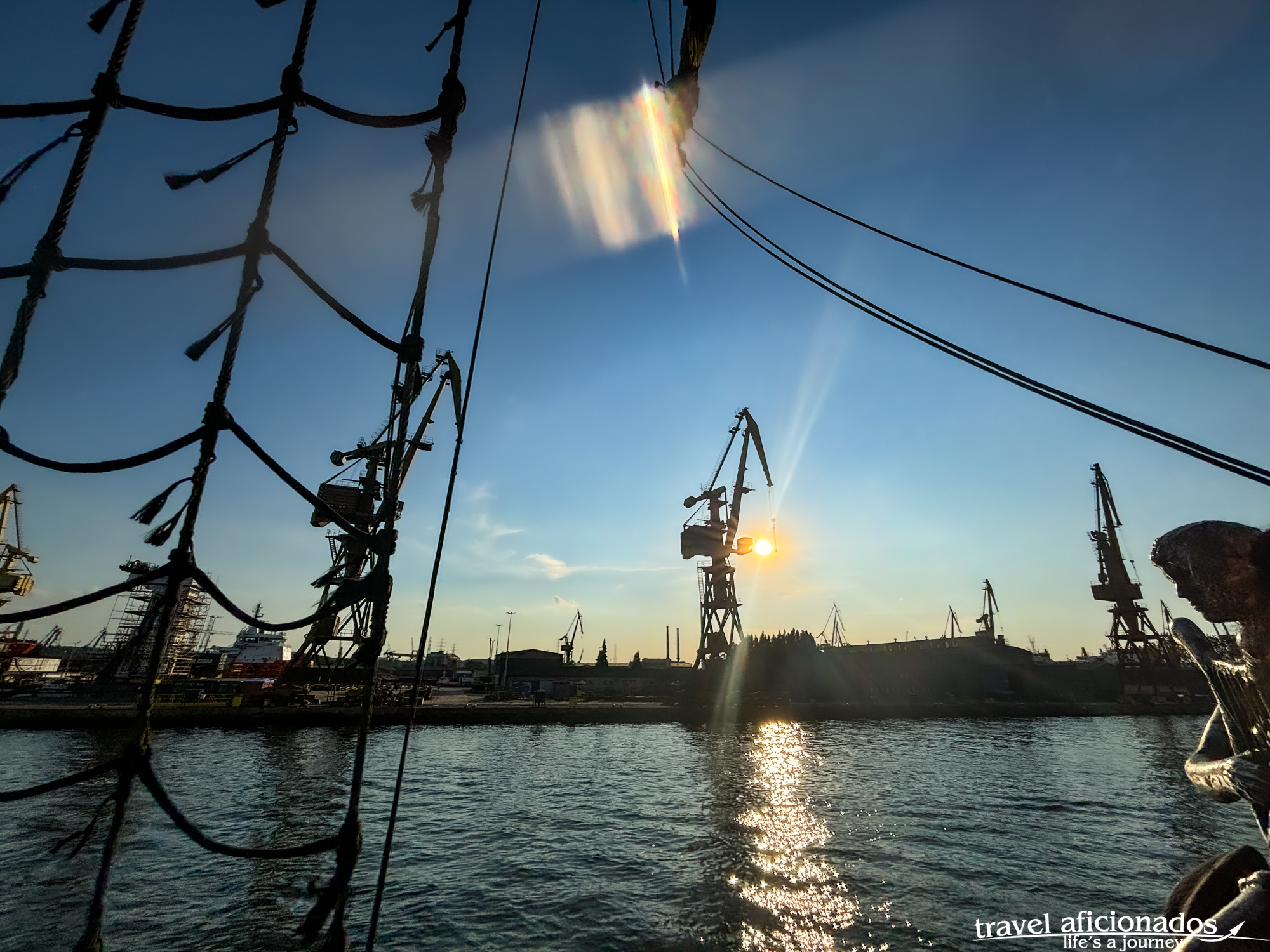
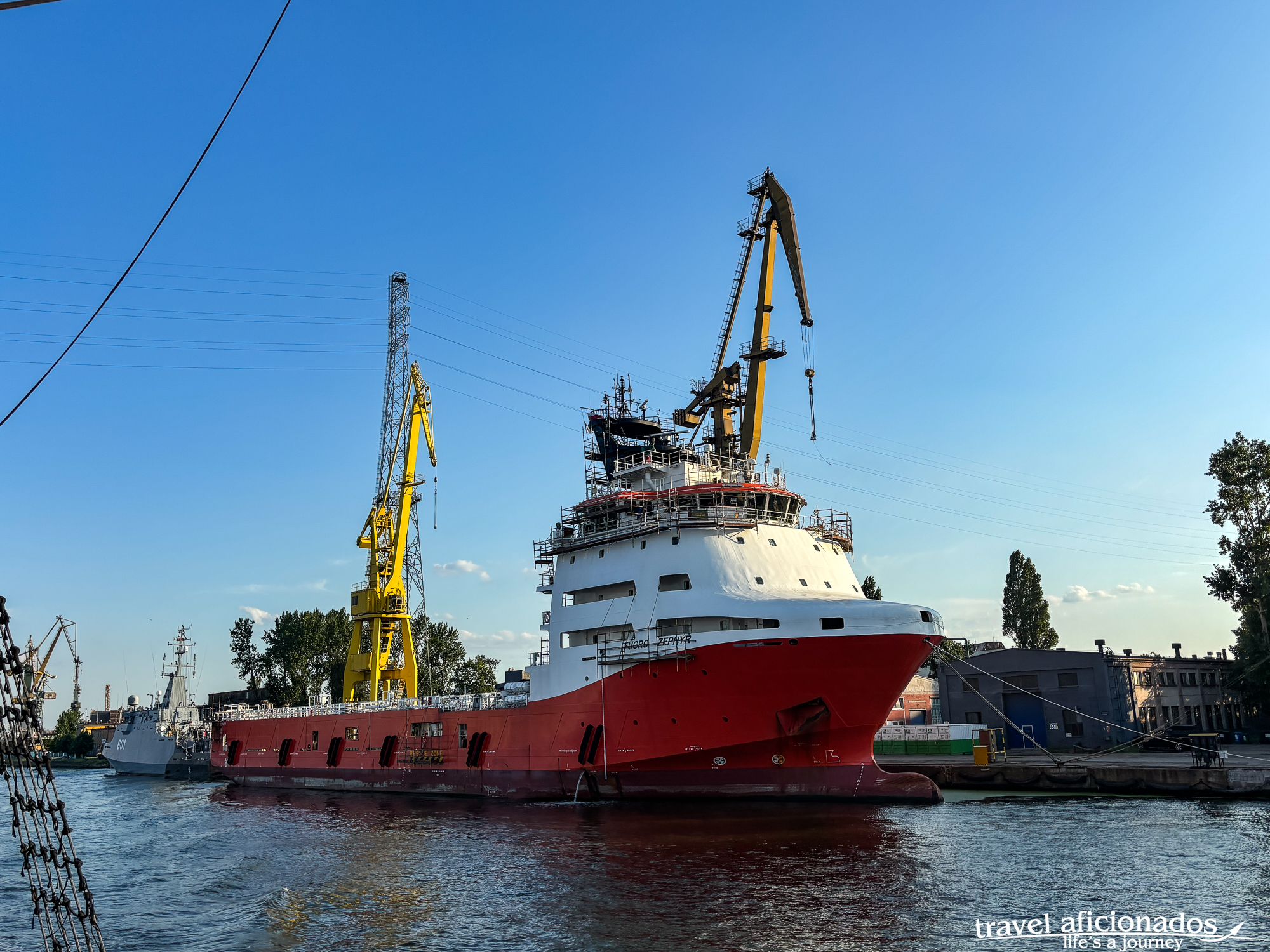
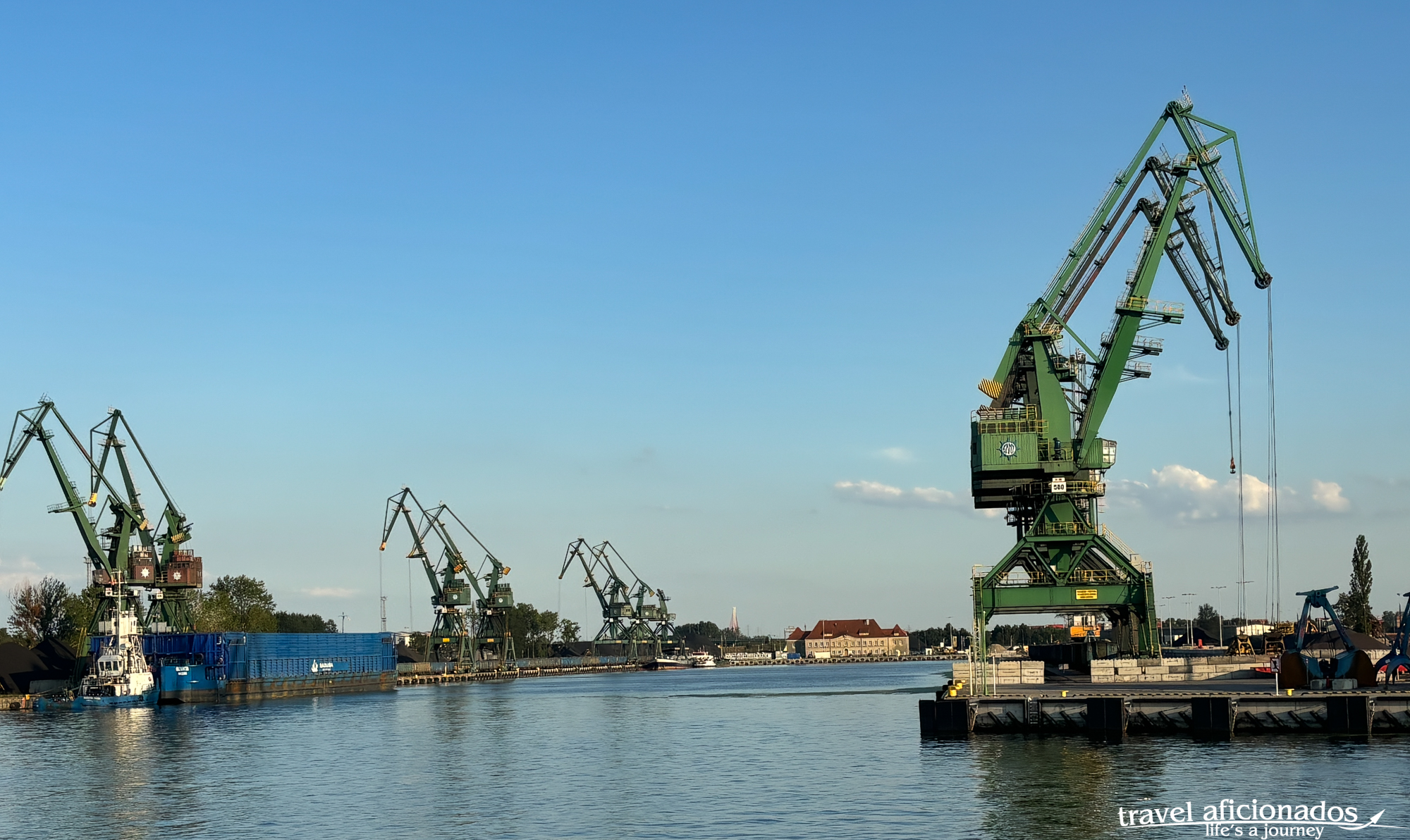
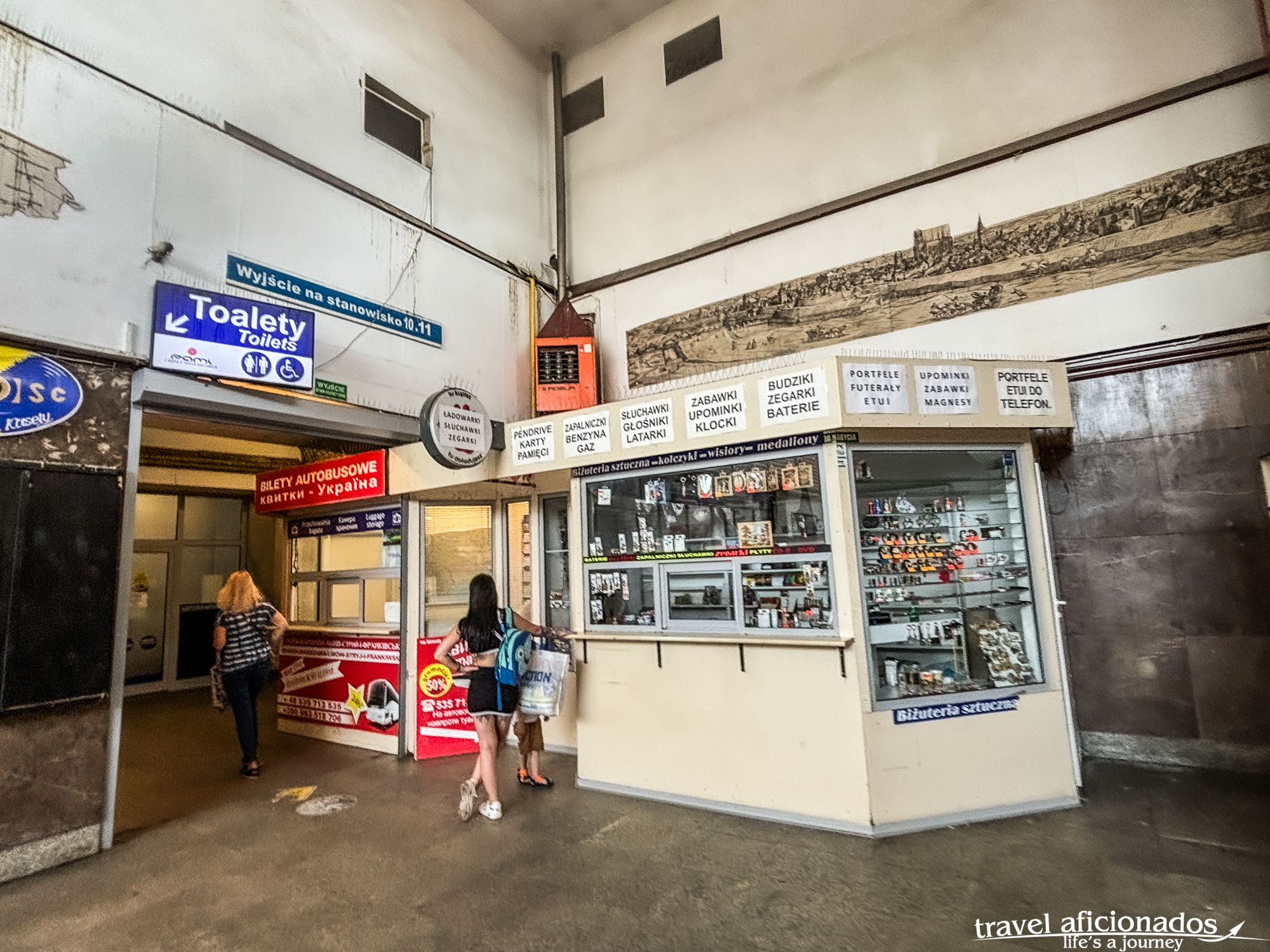
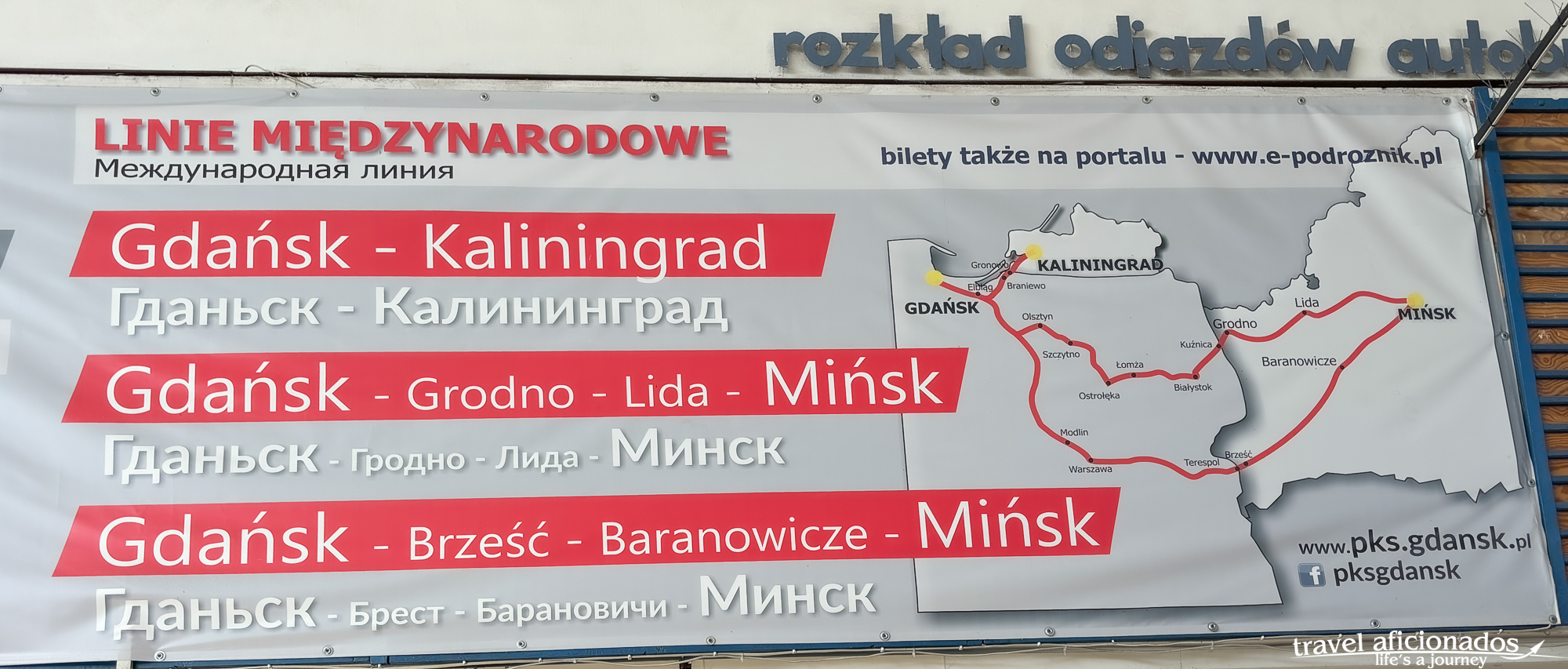



Leave a Reply